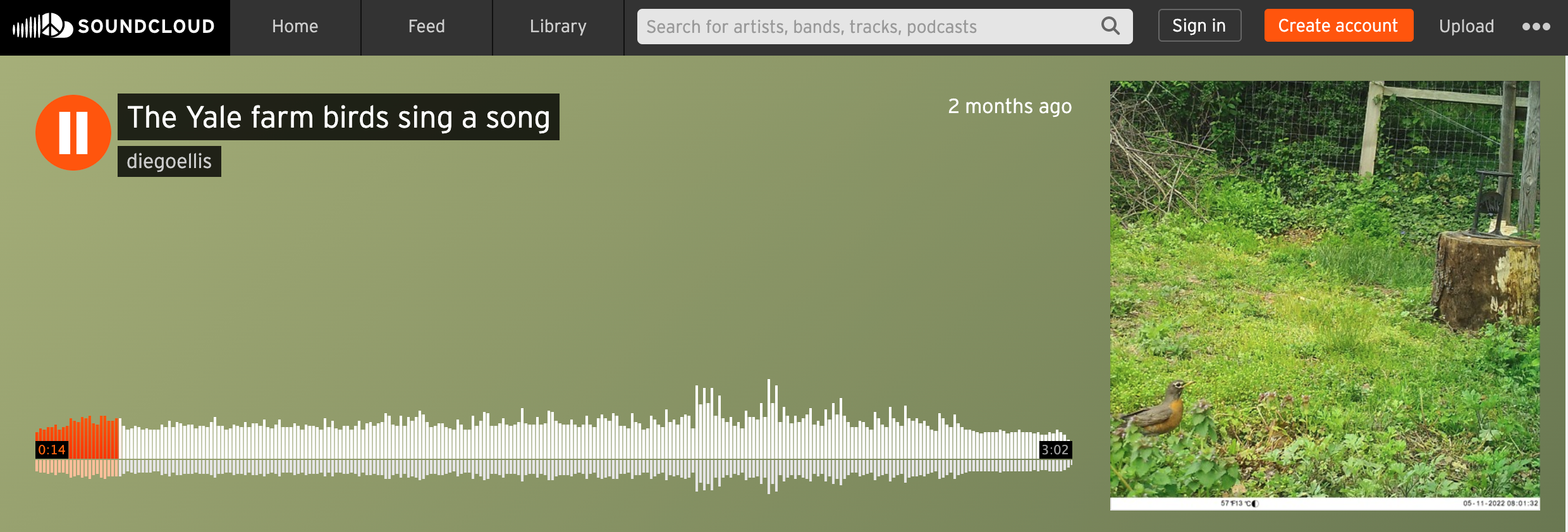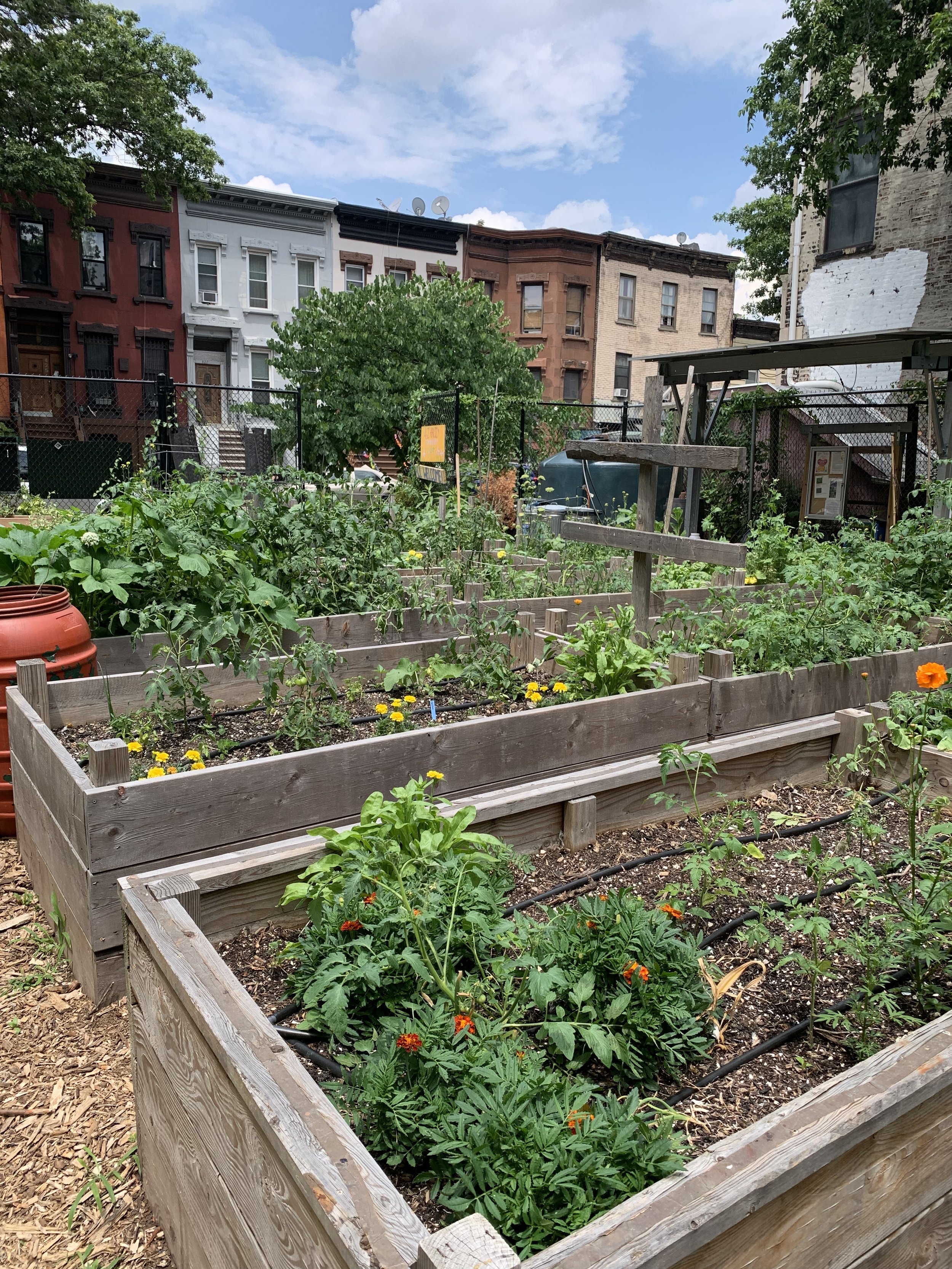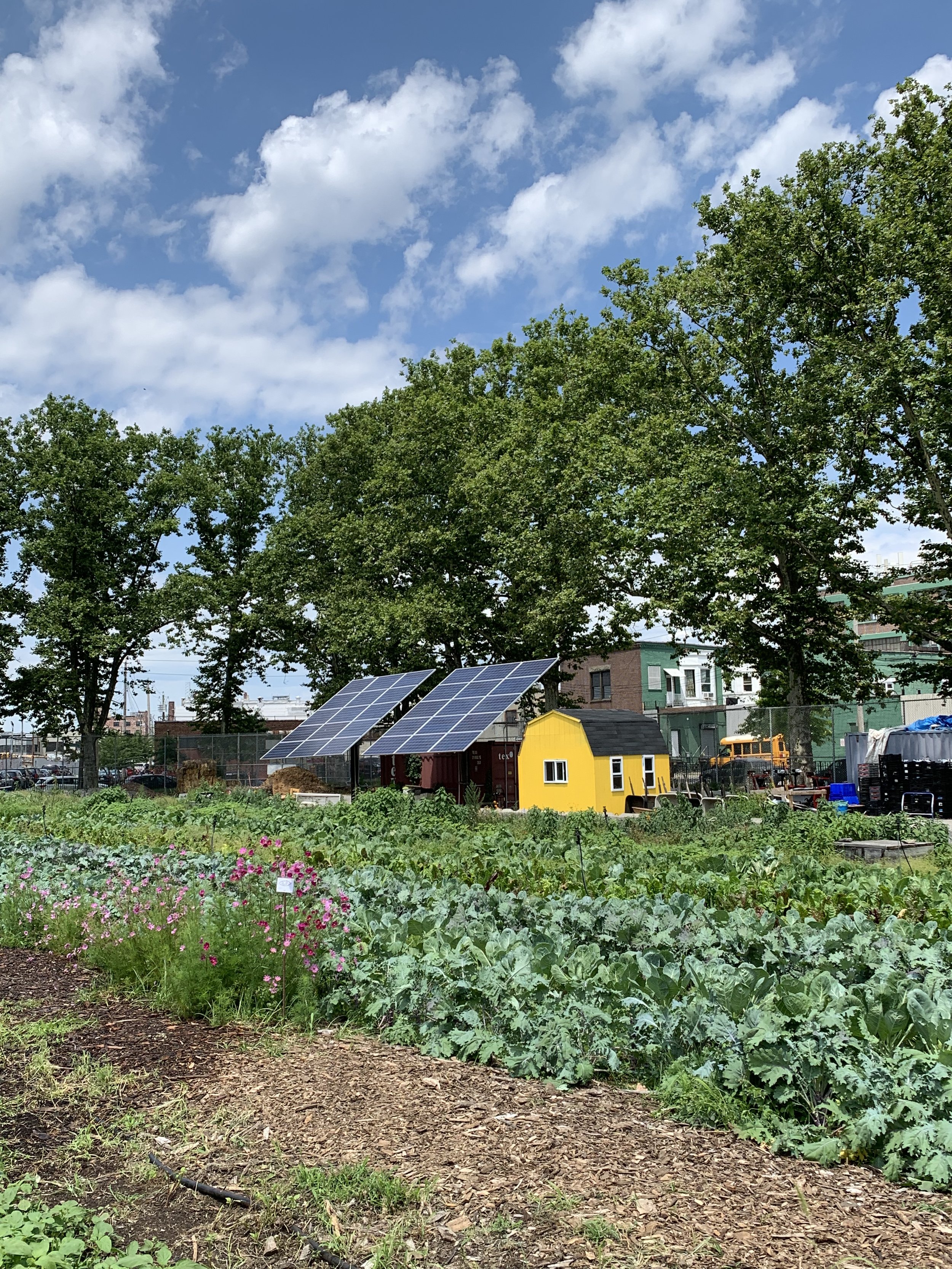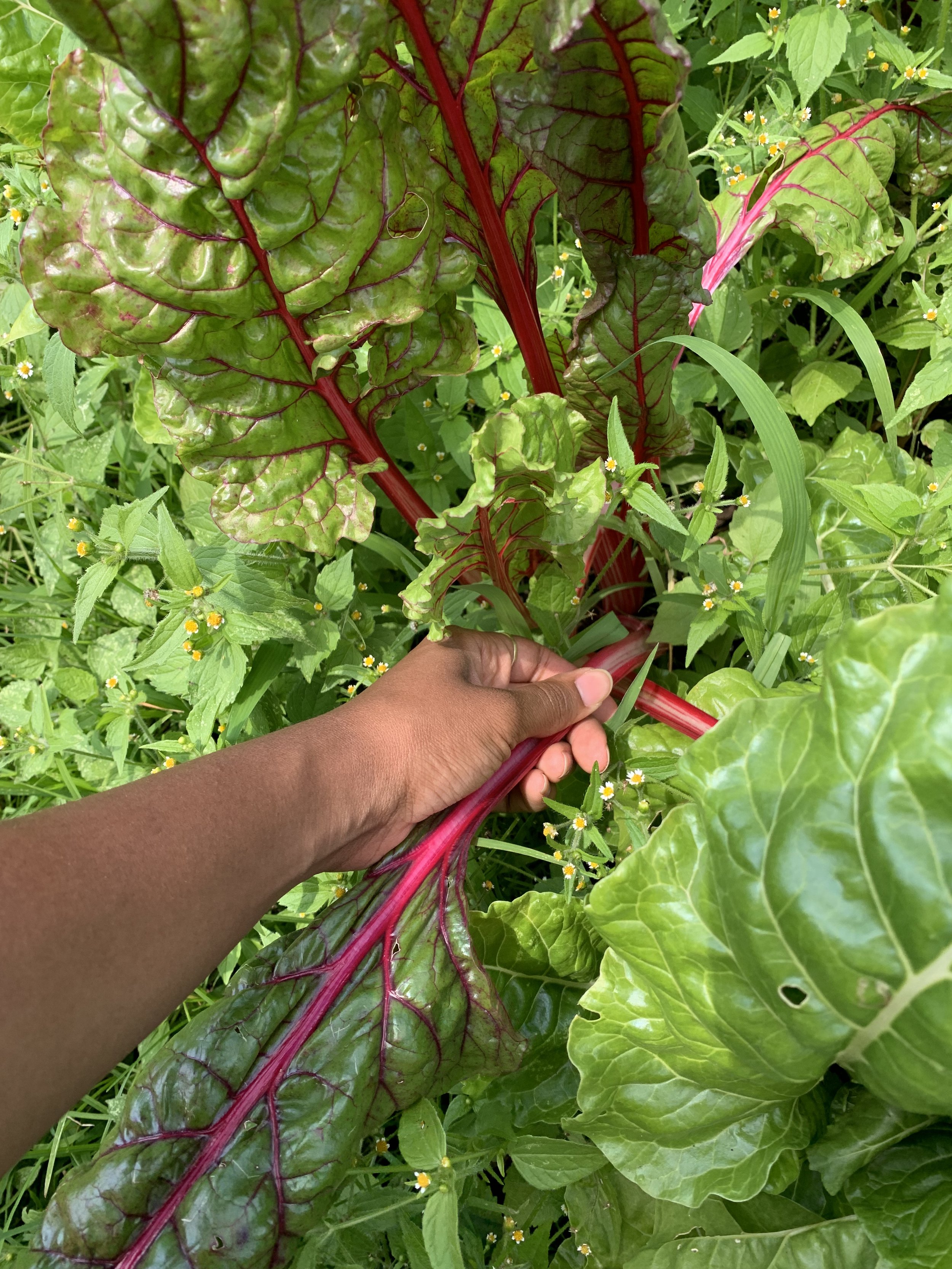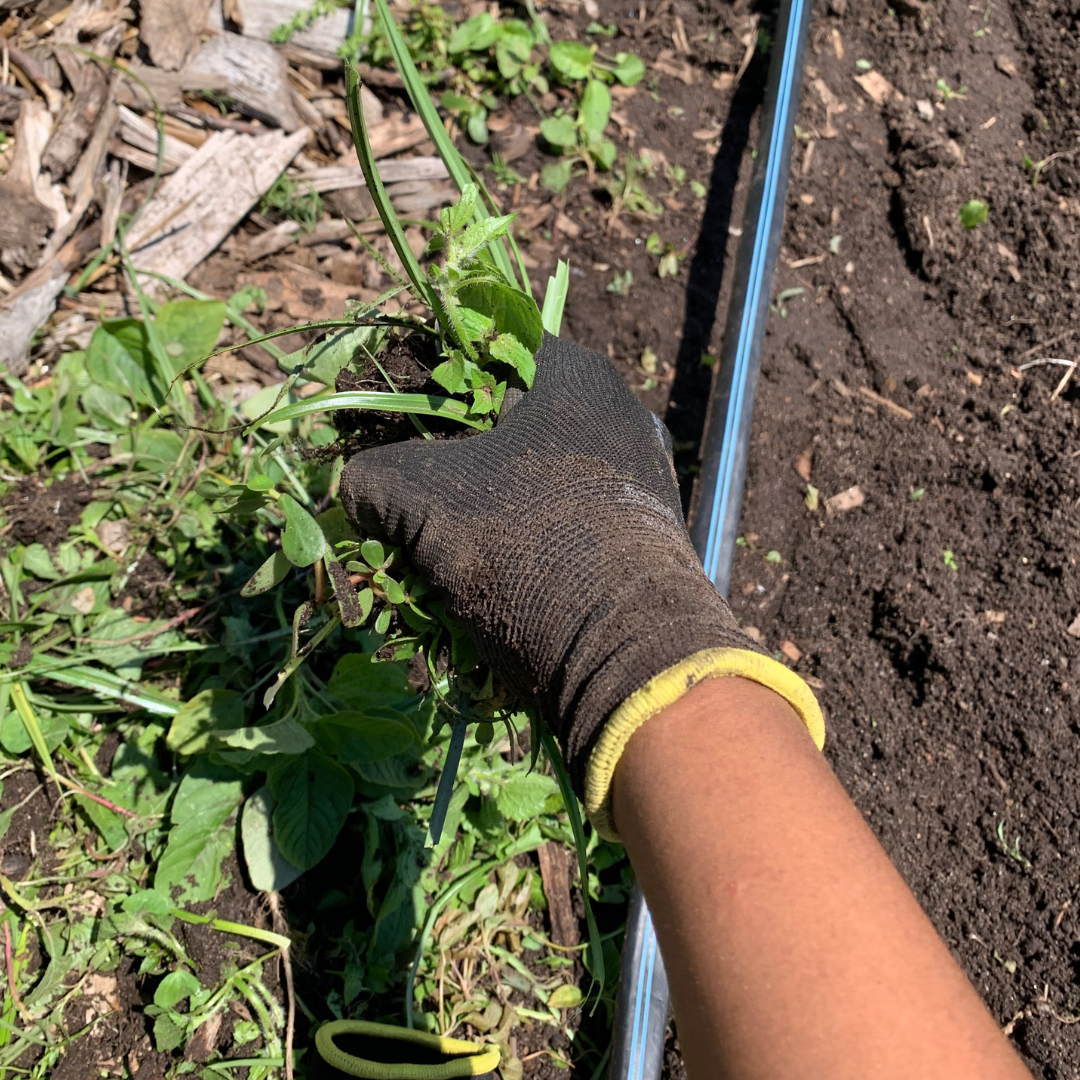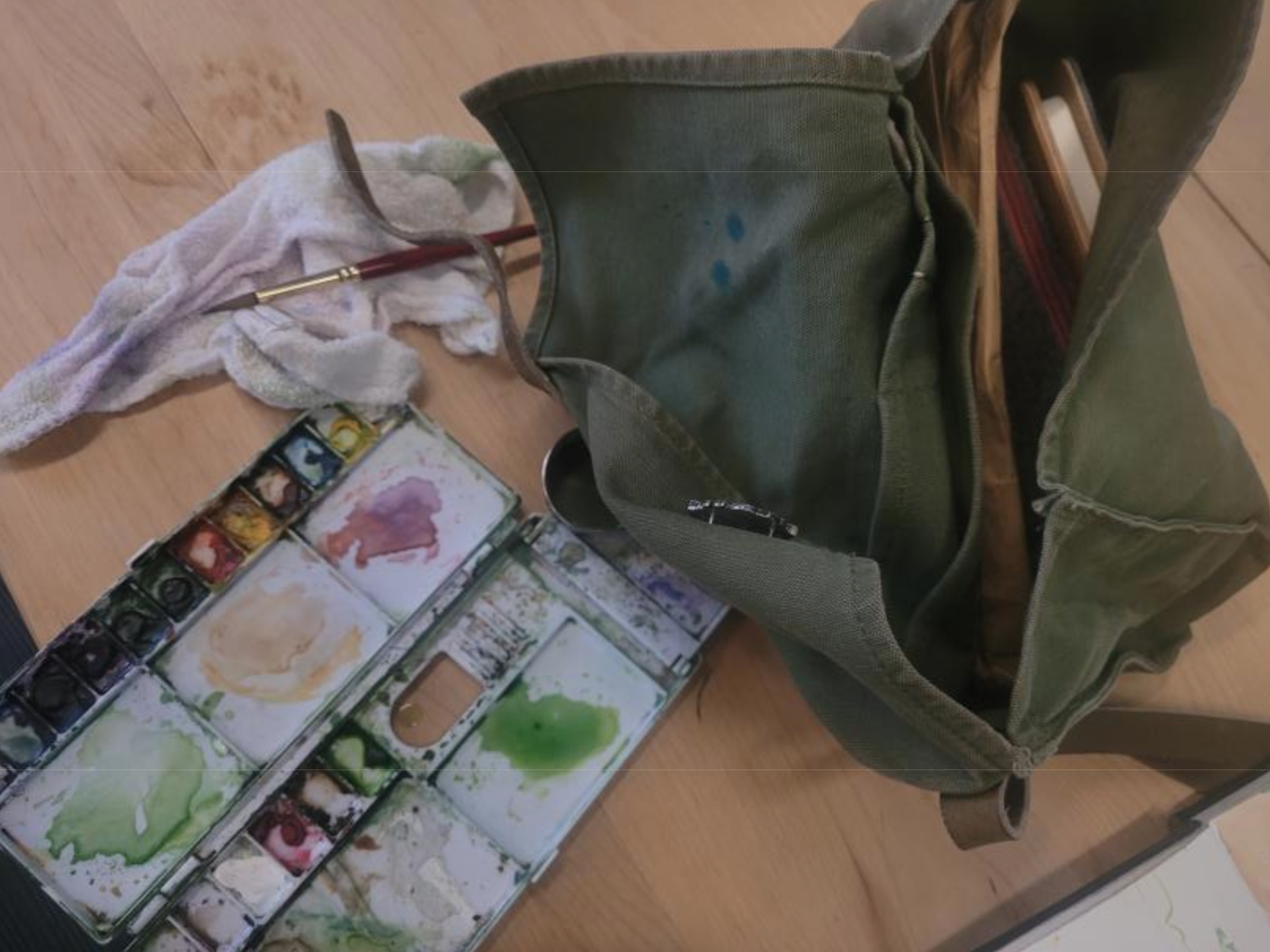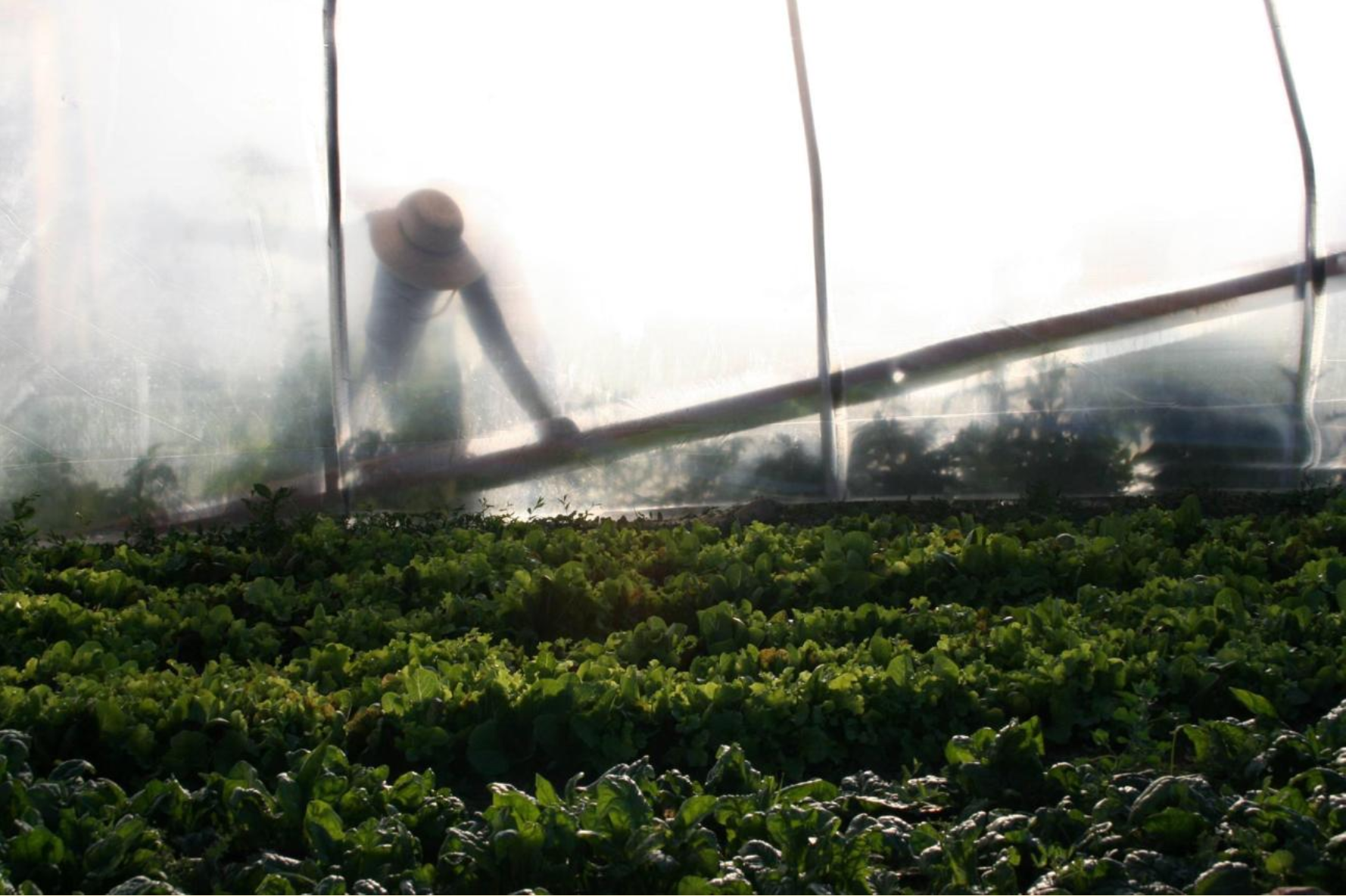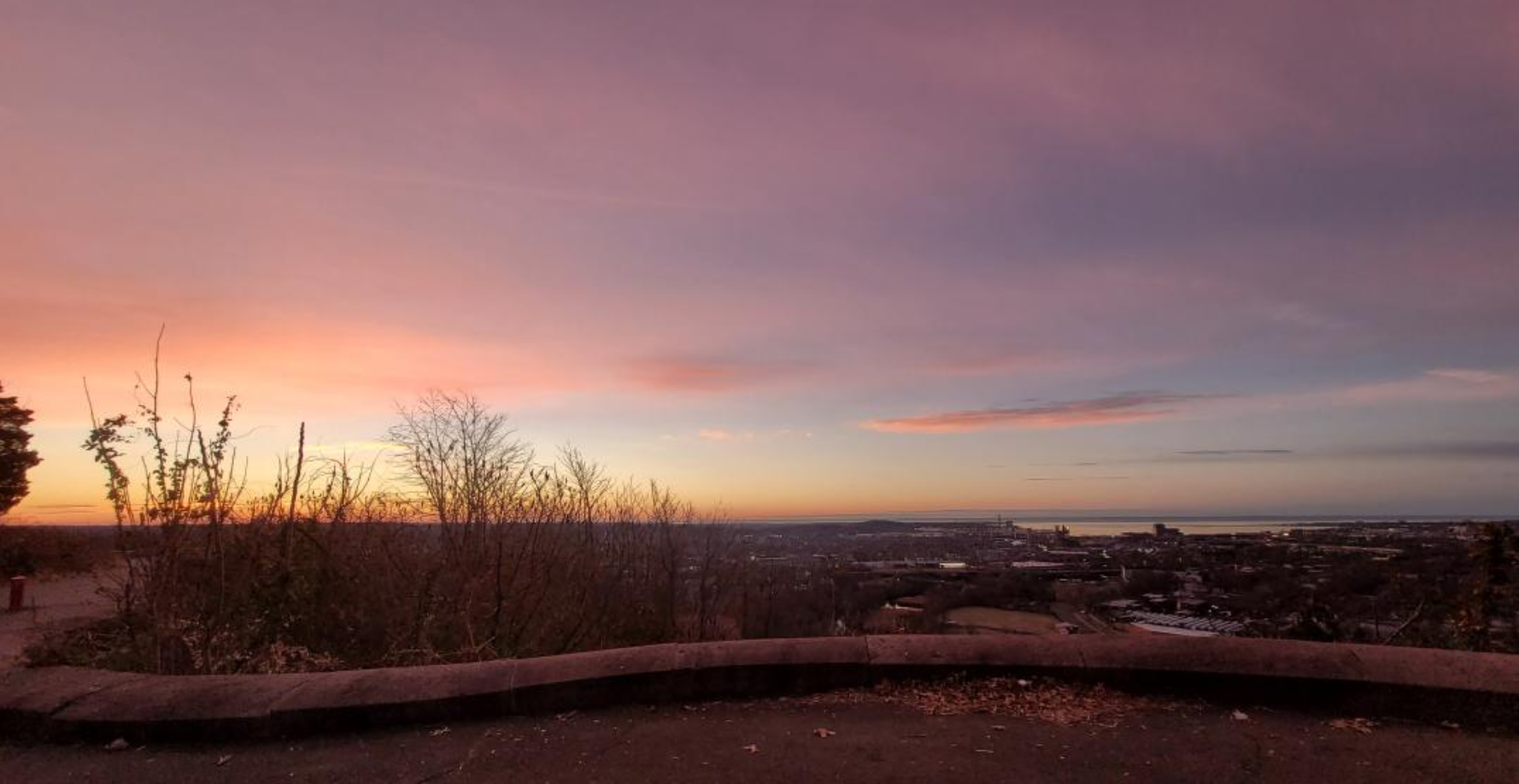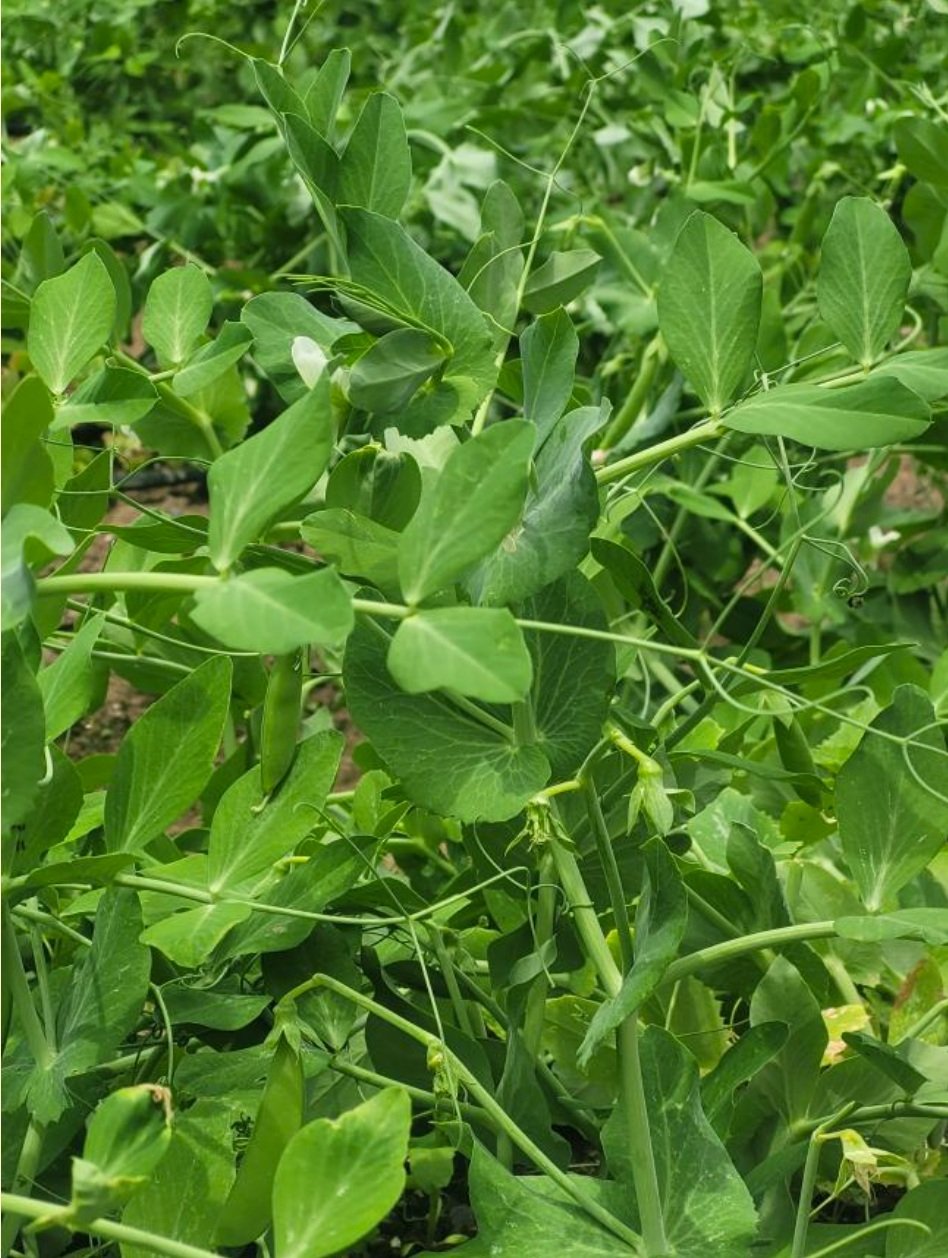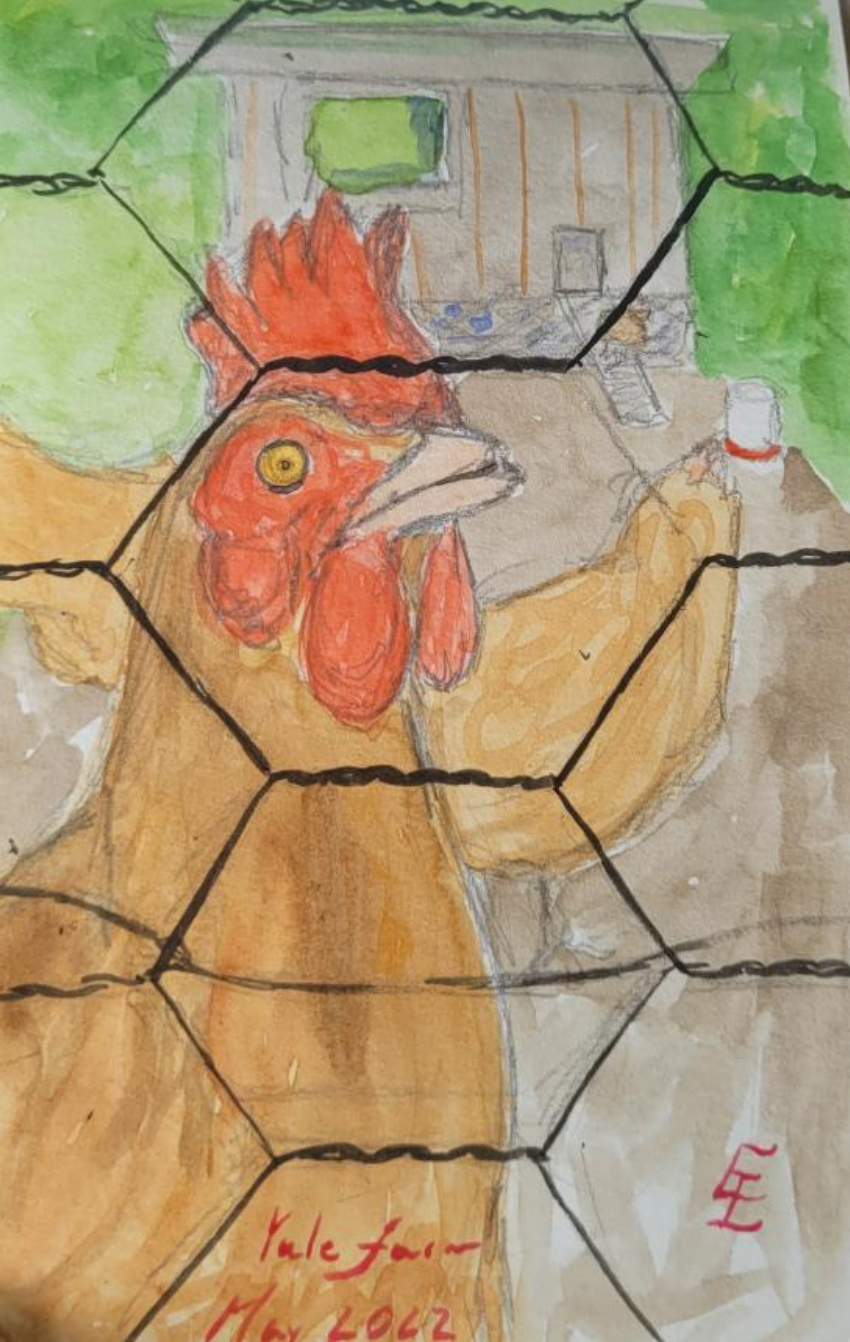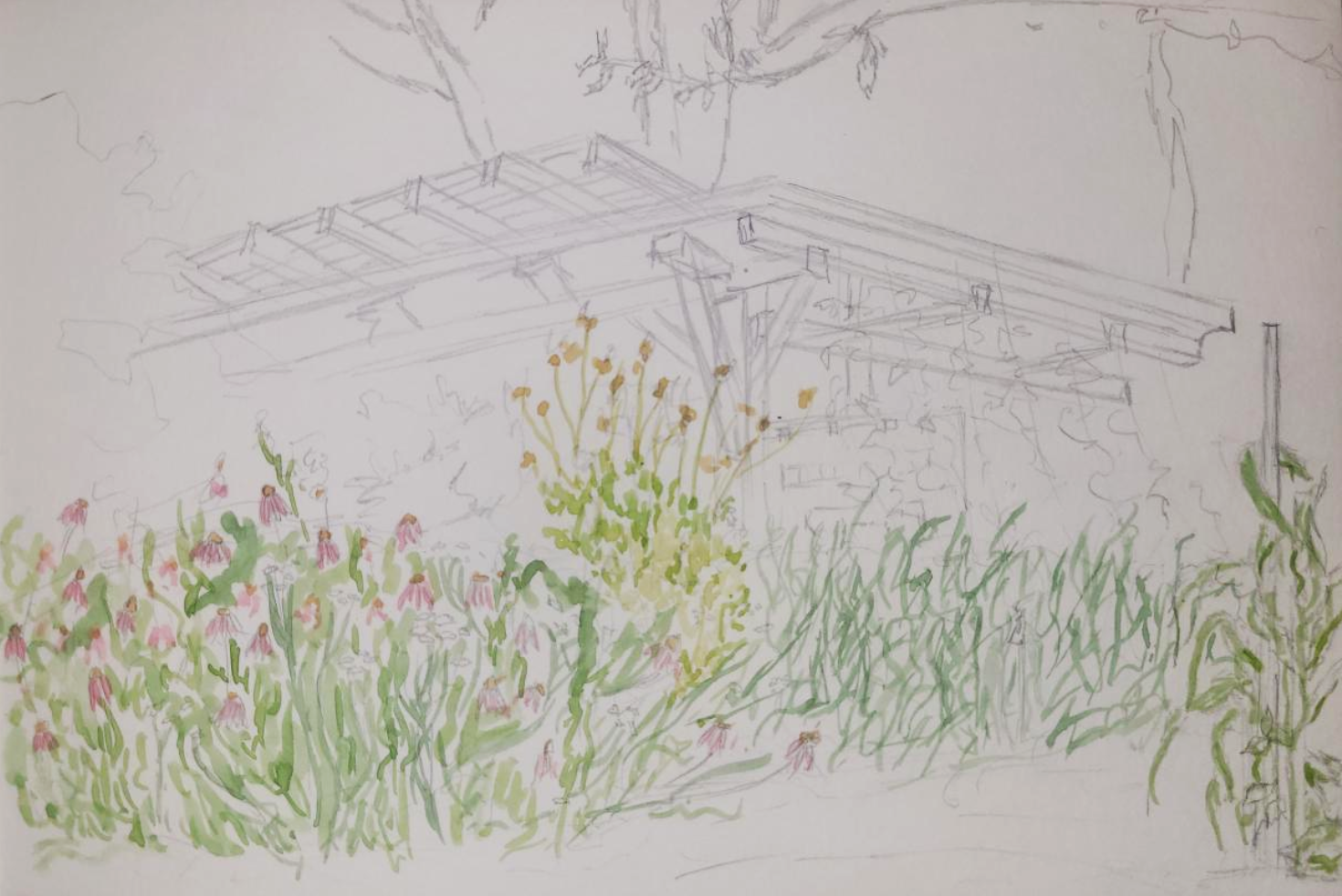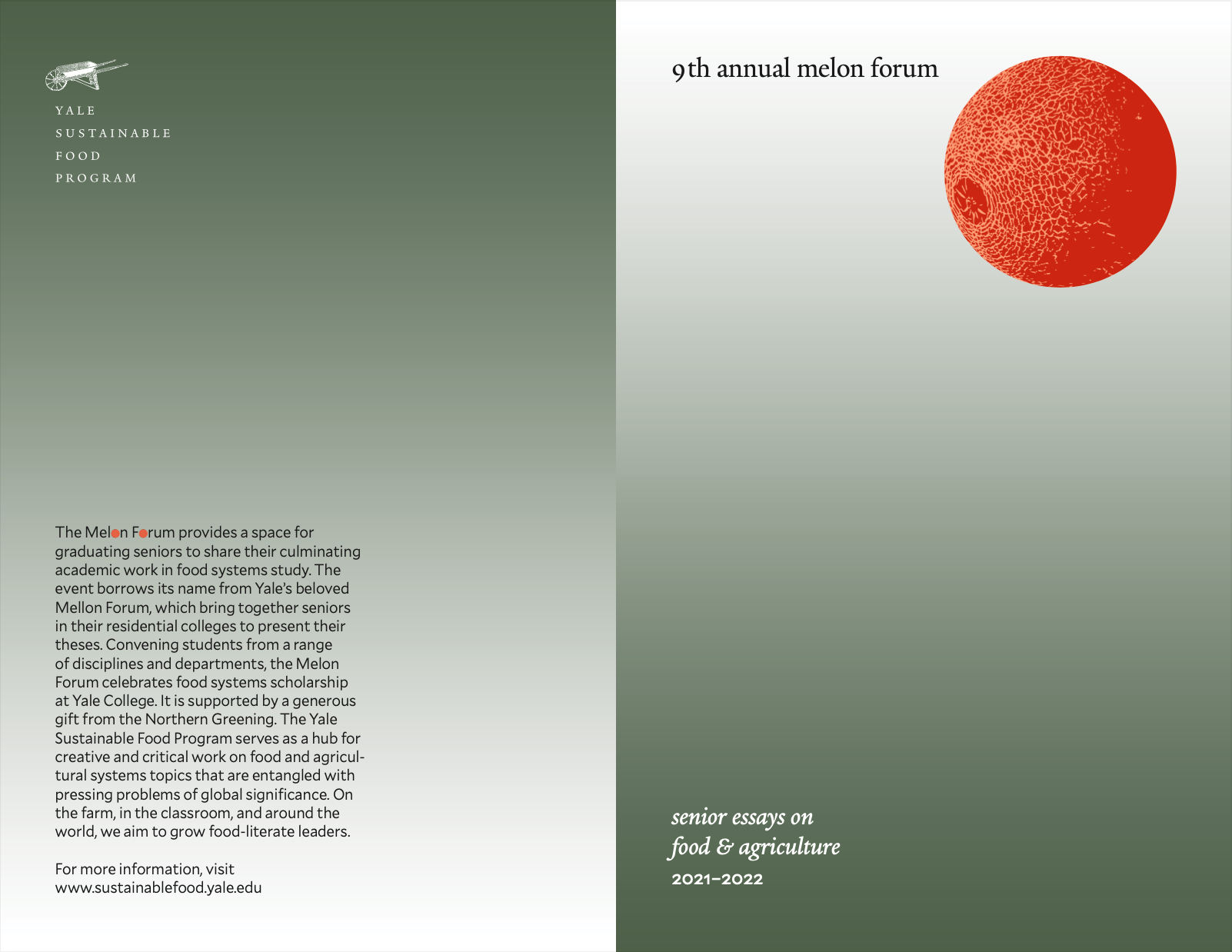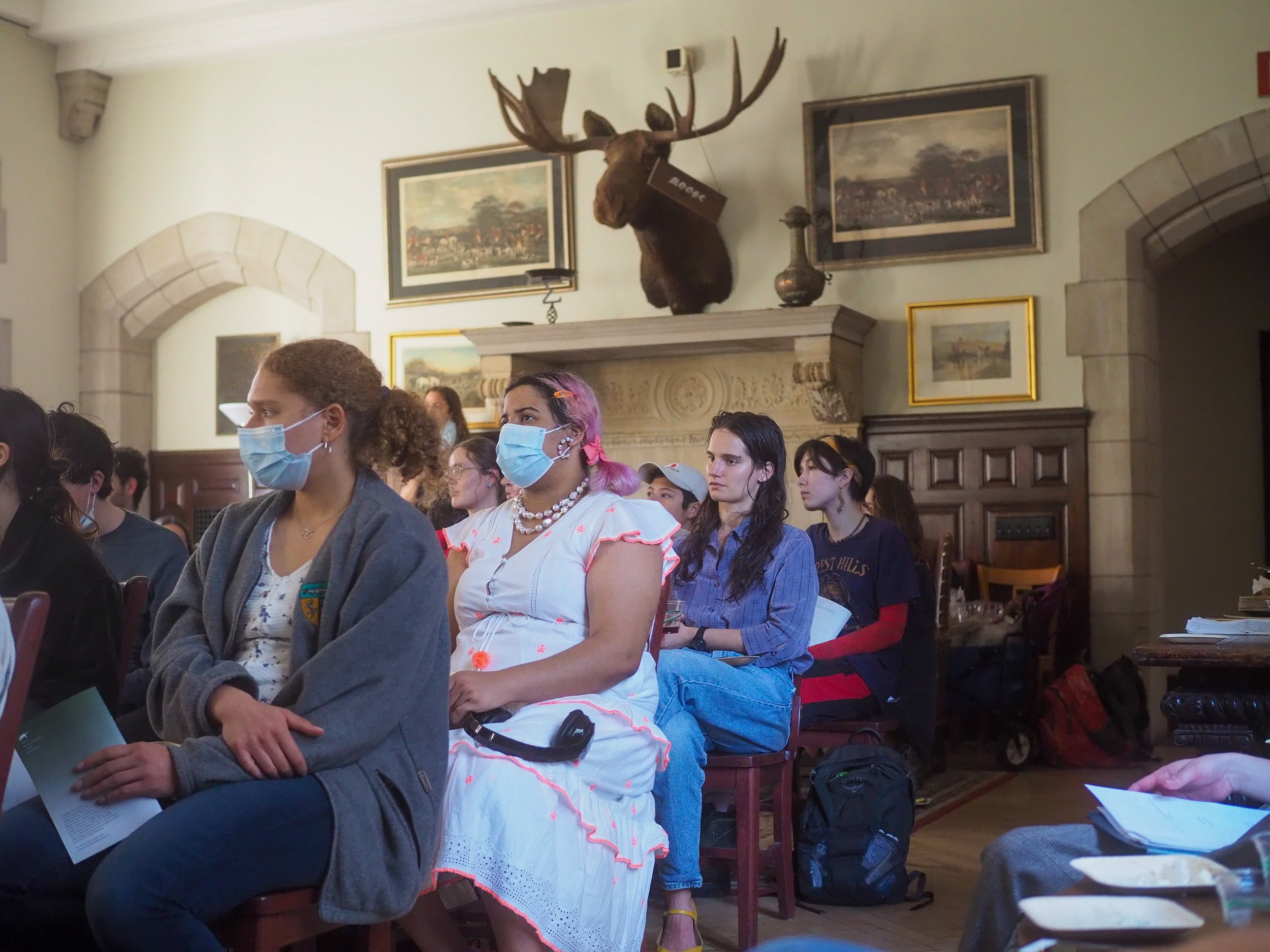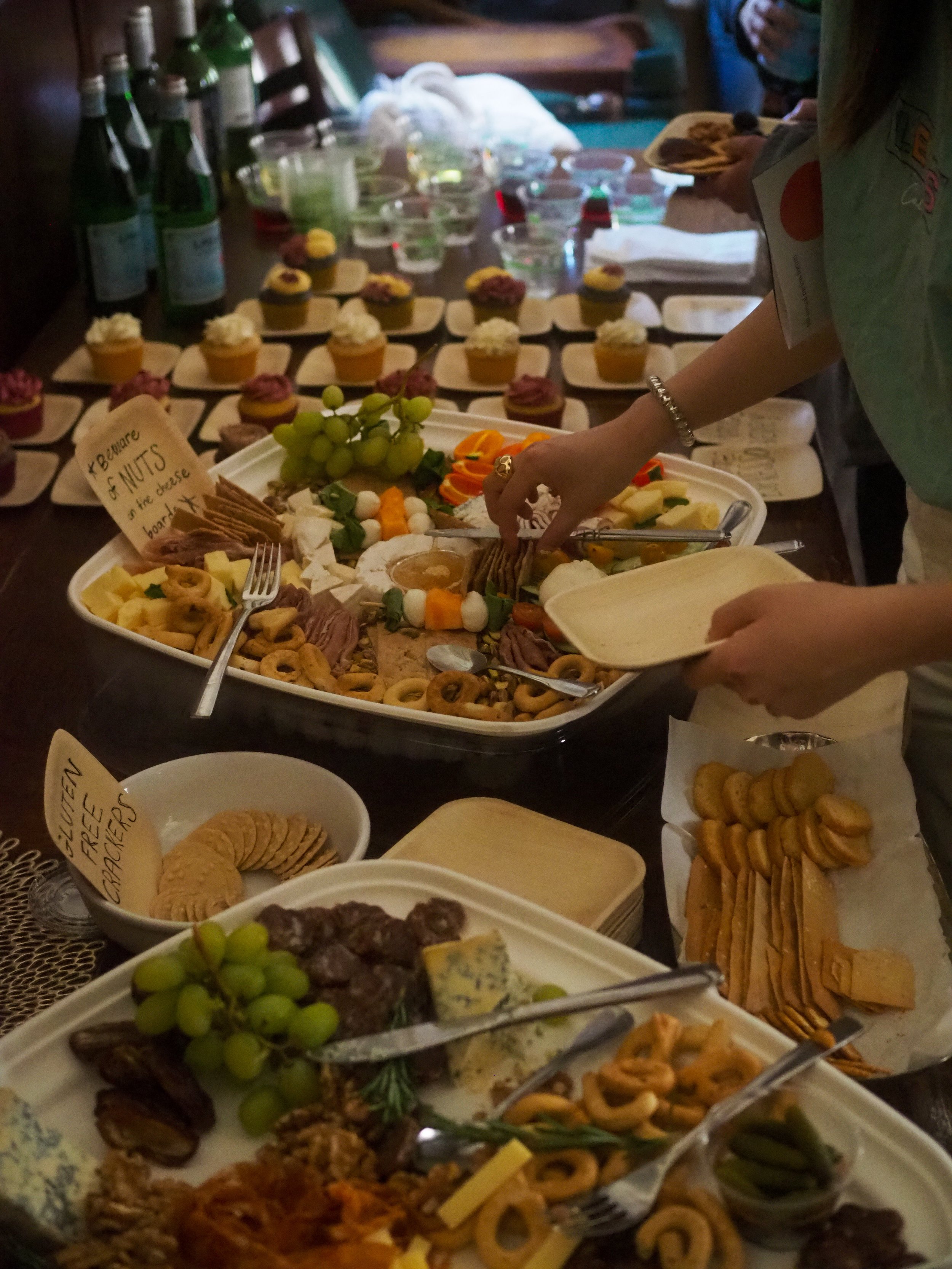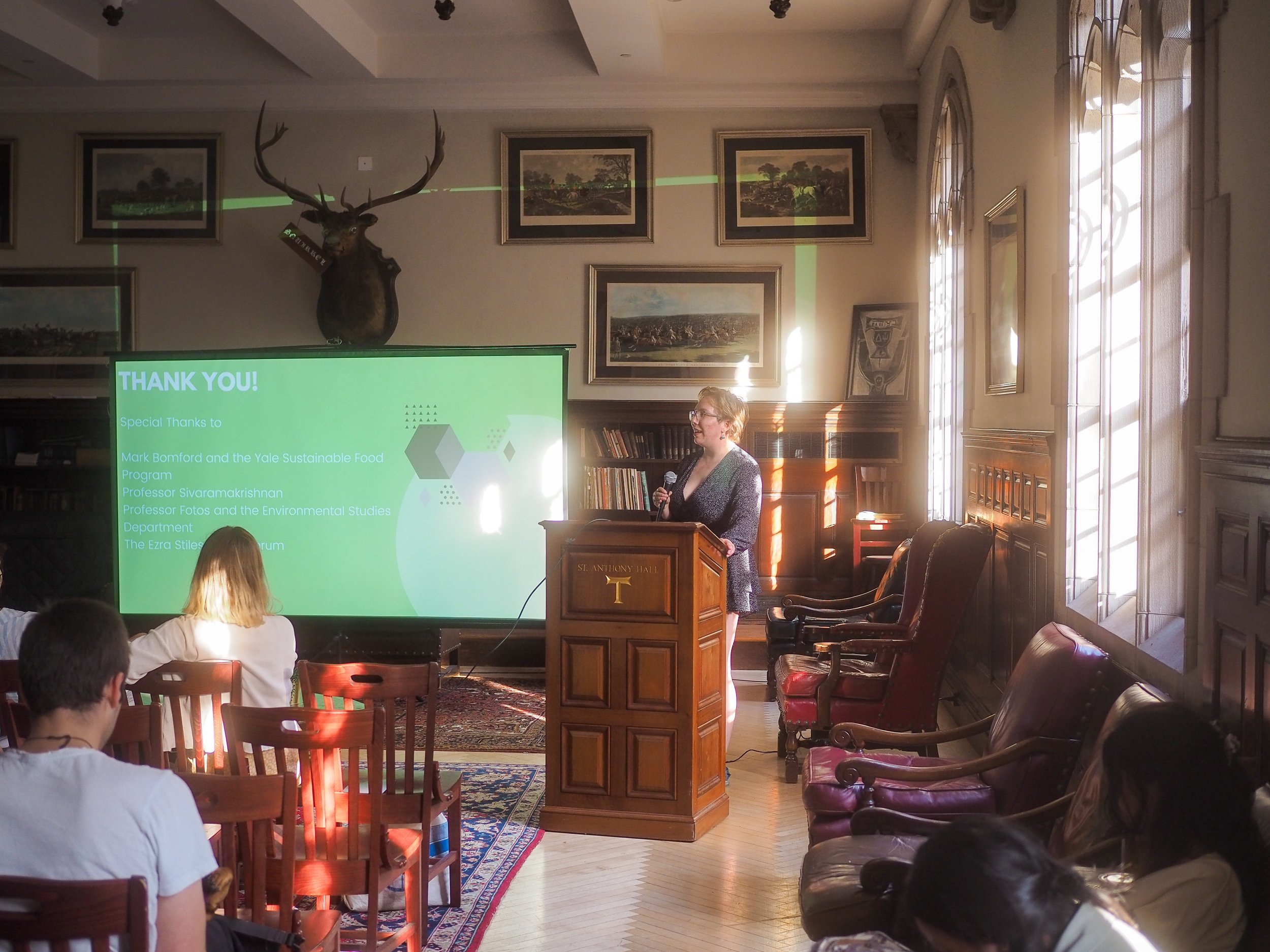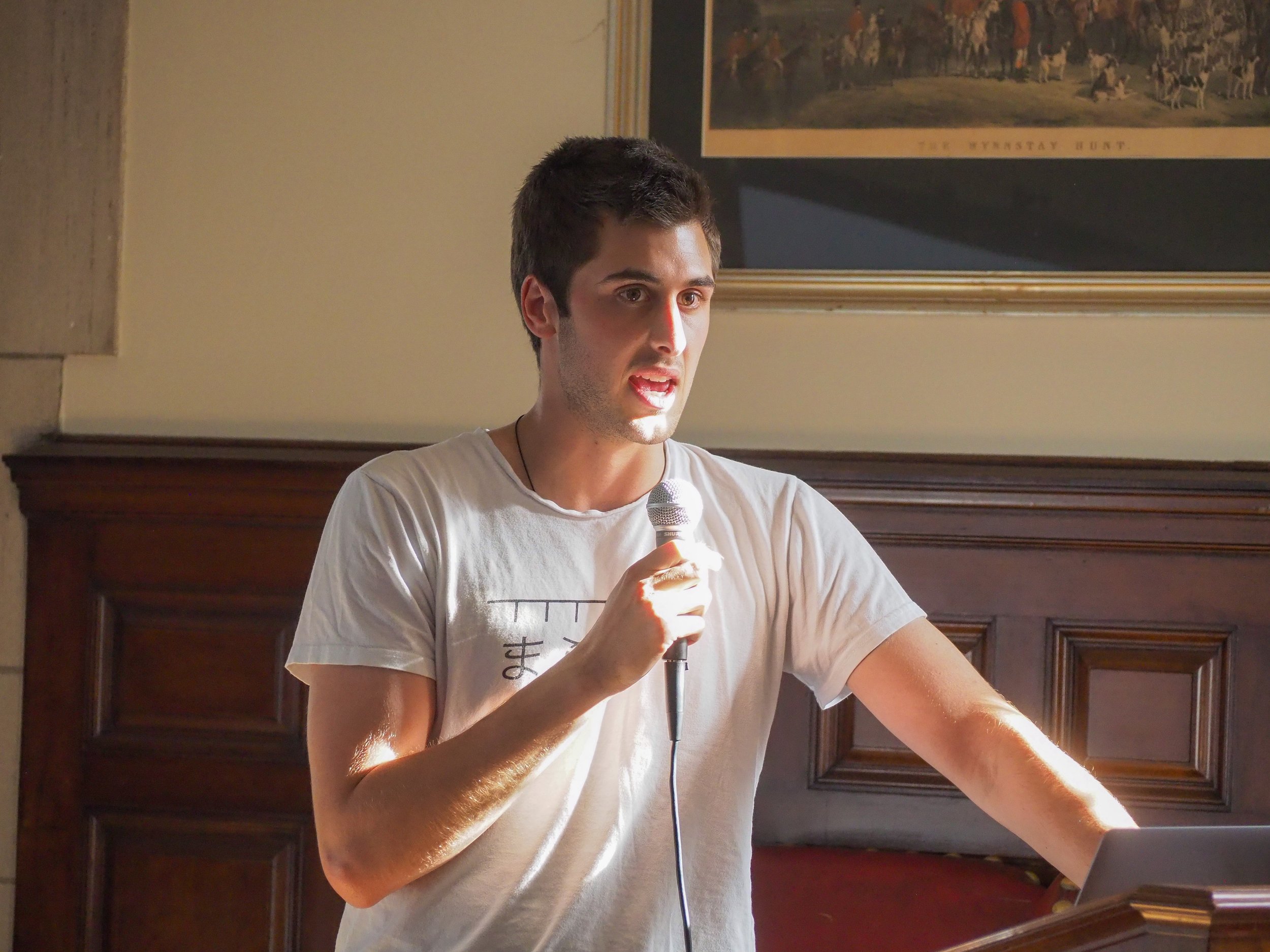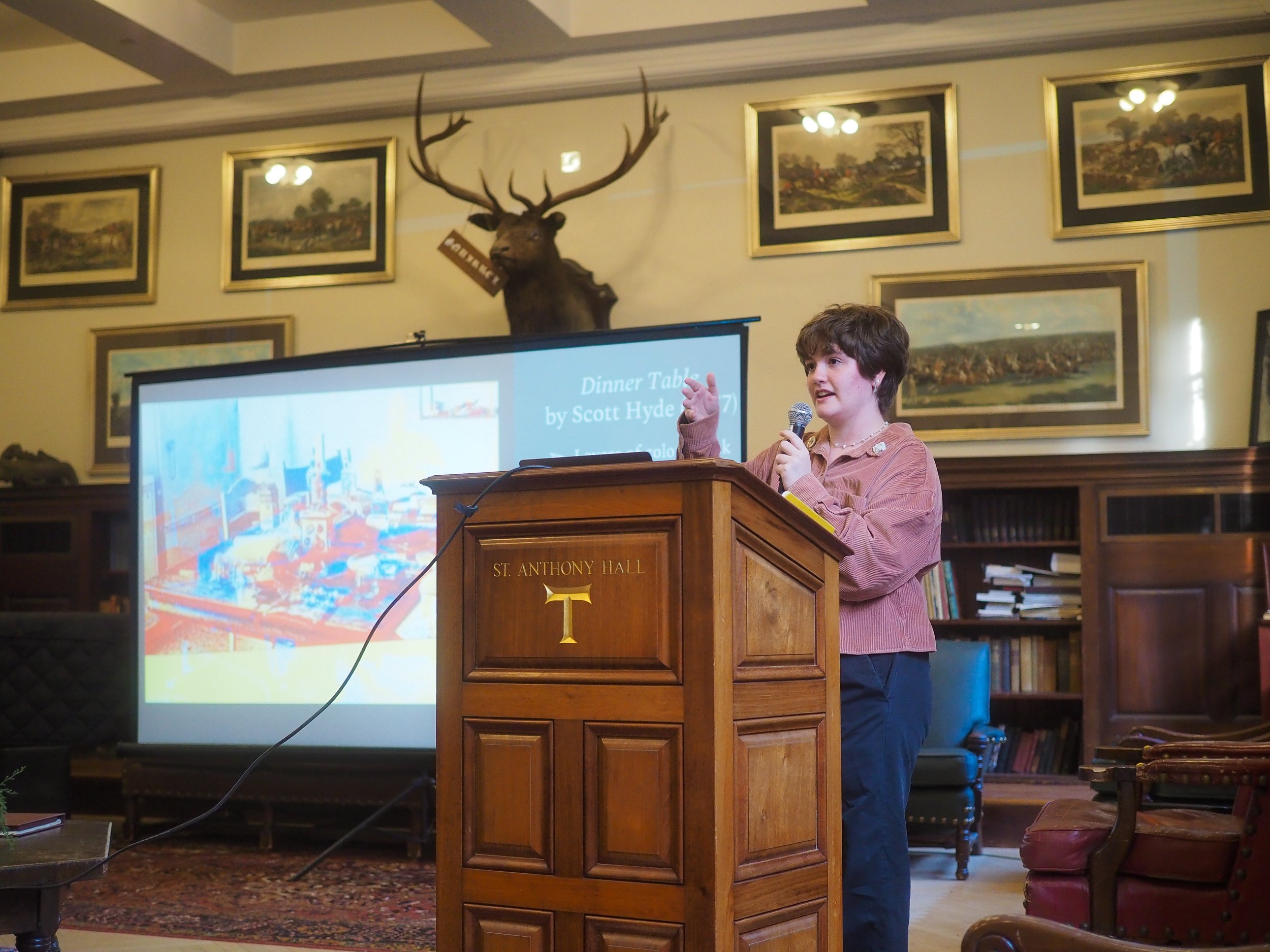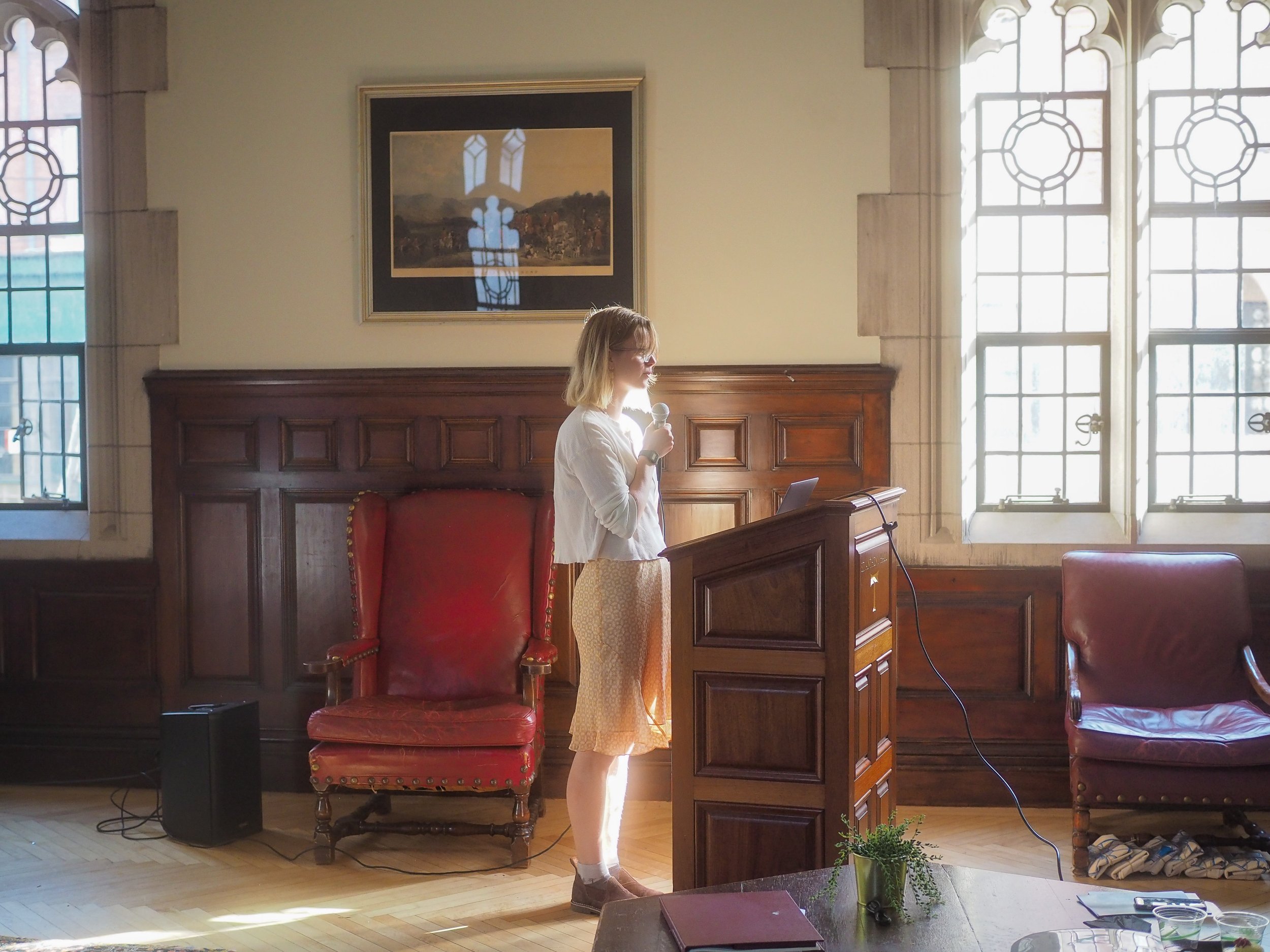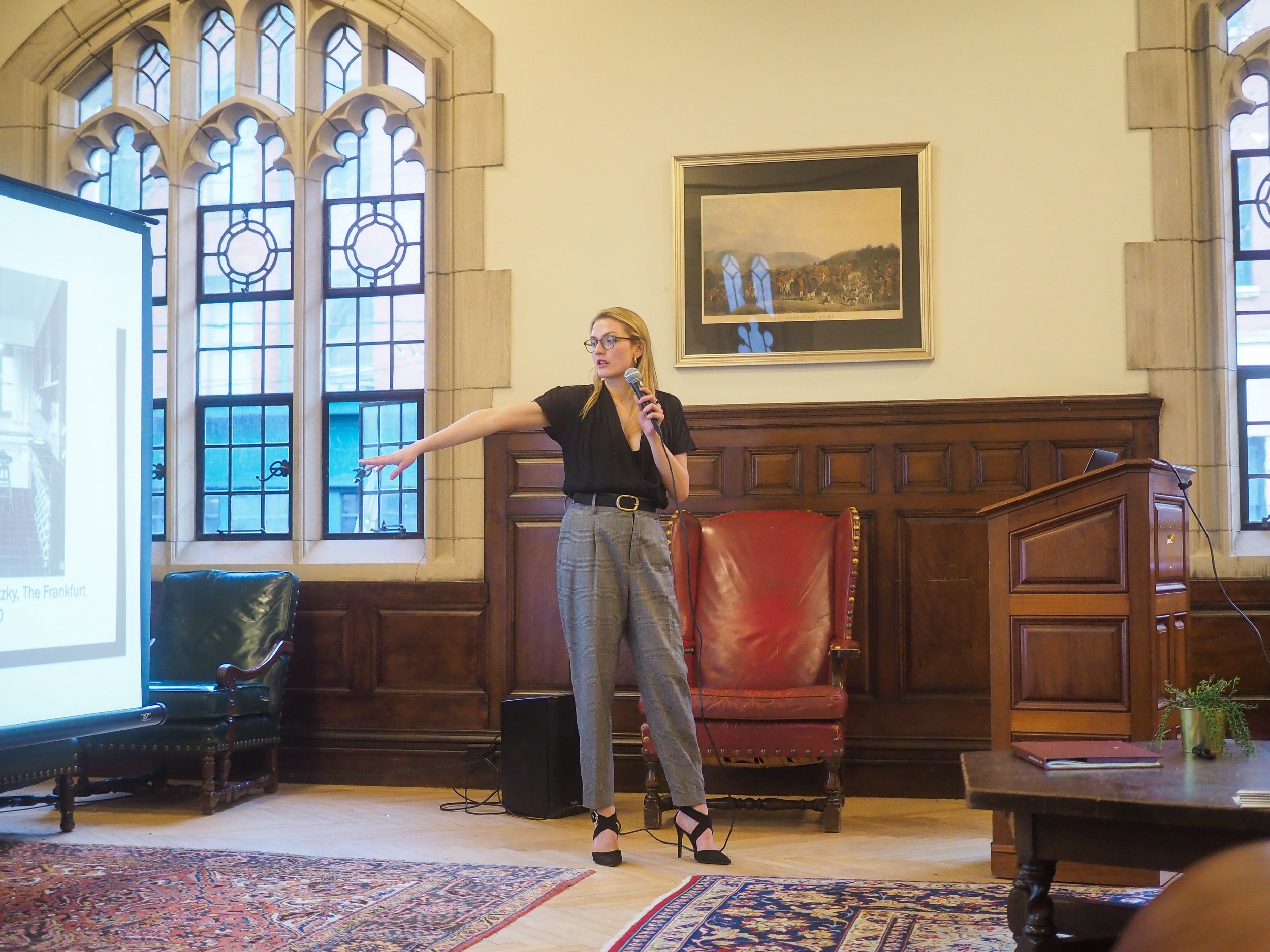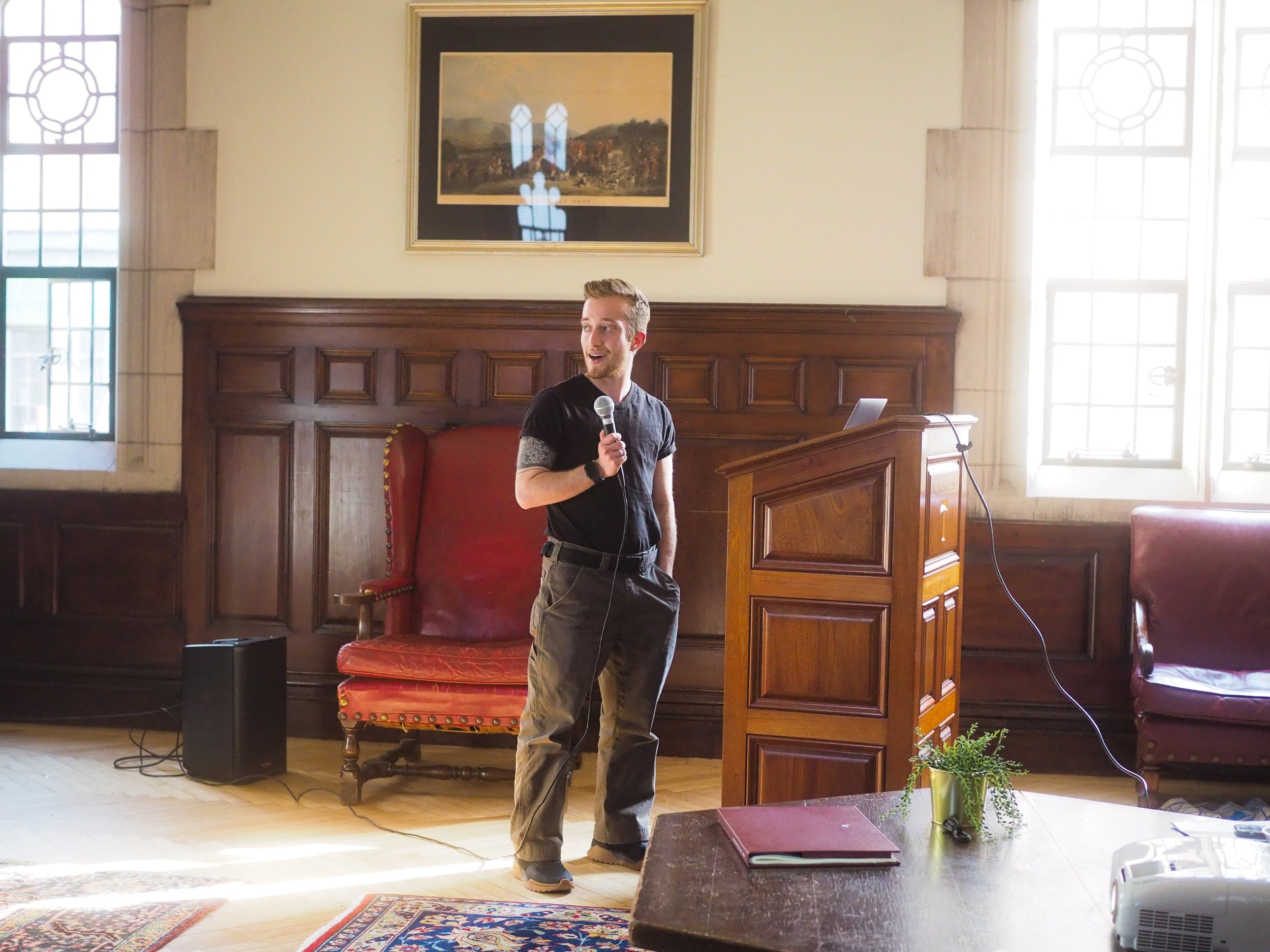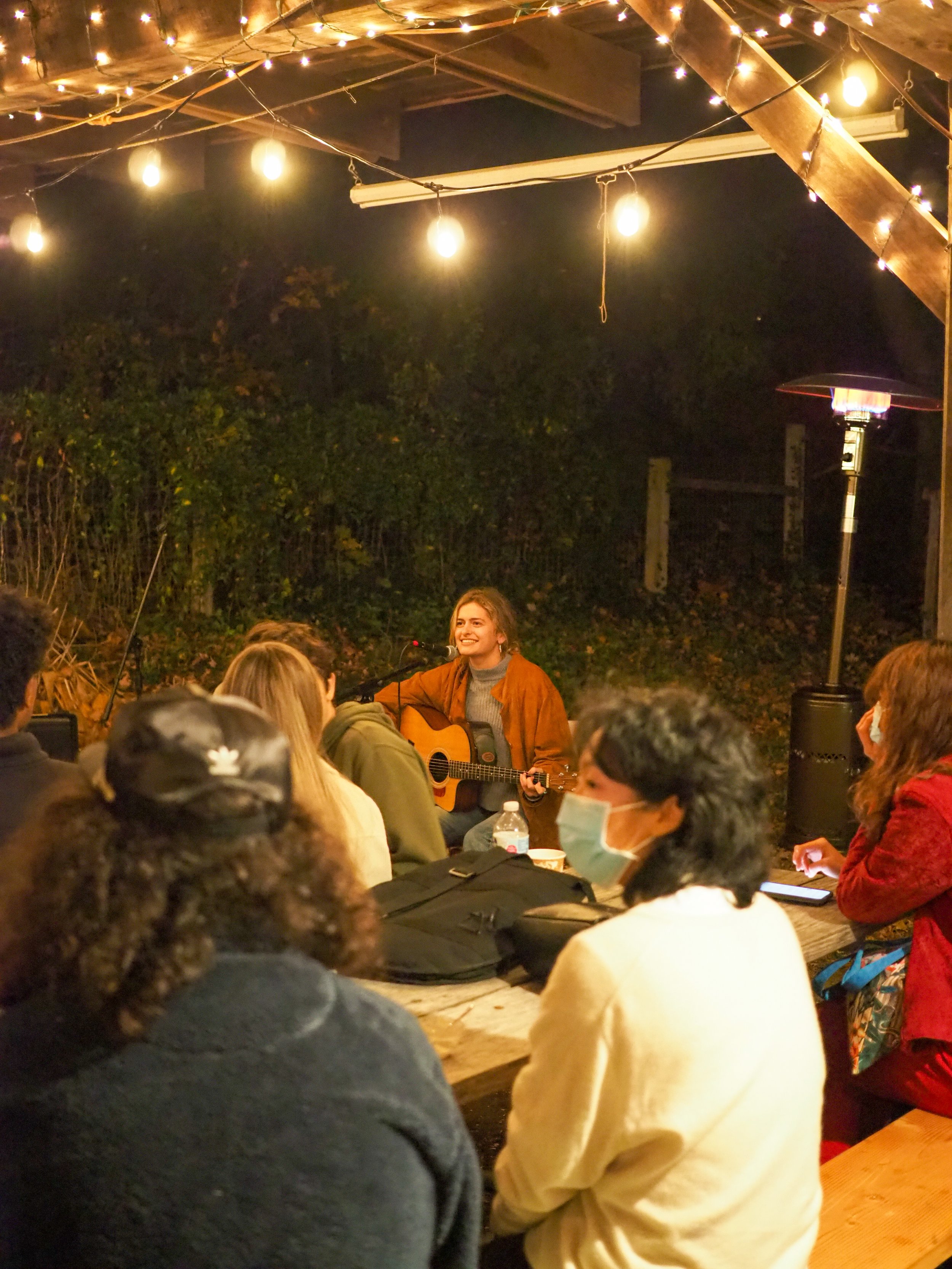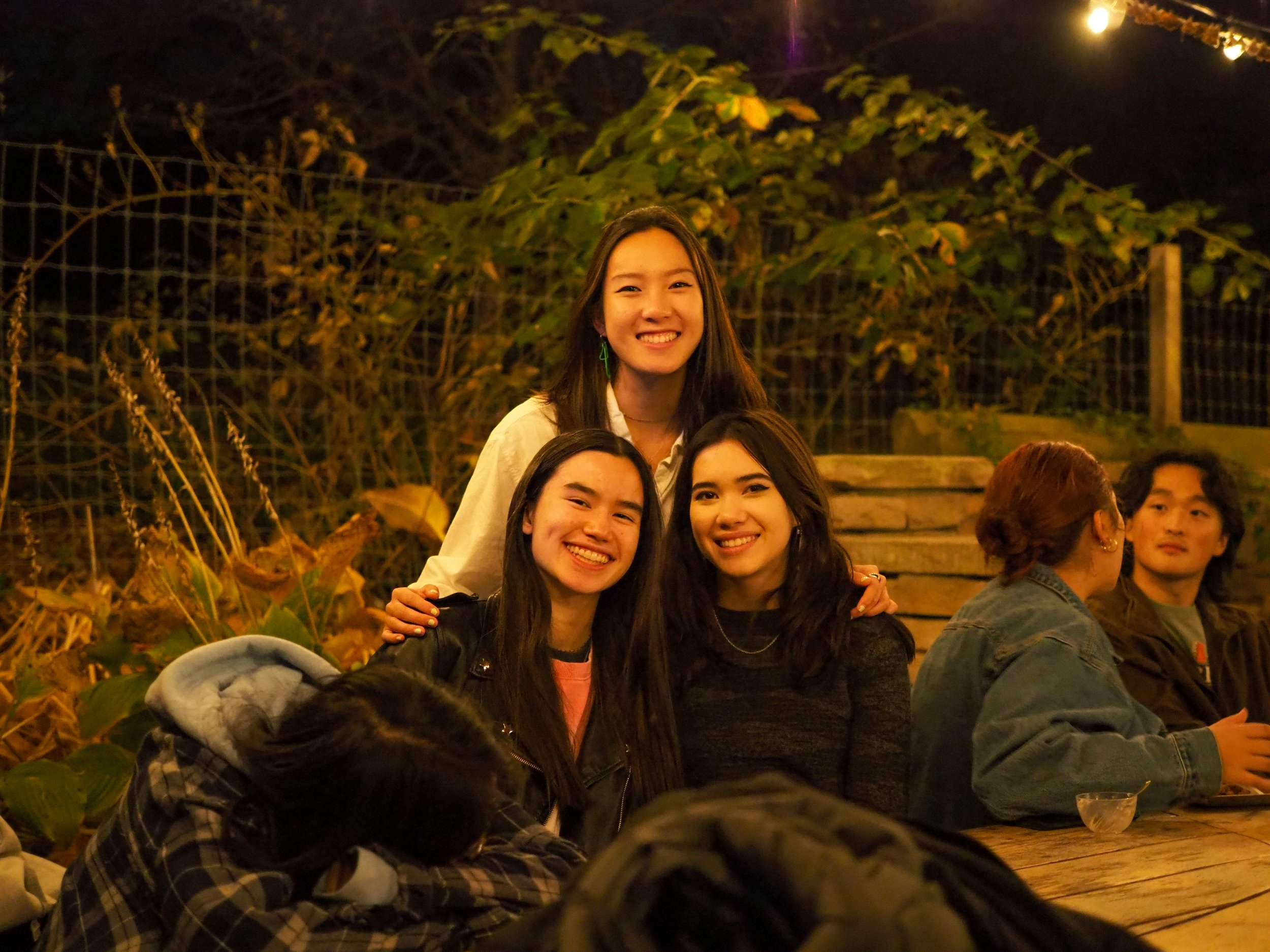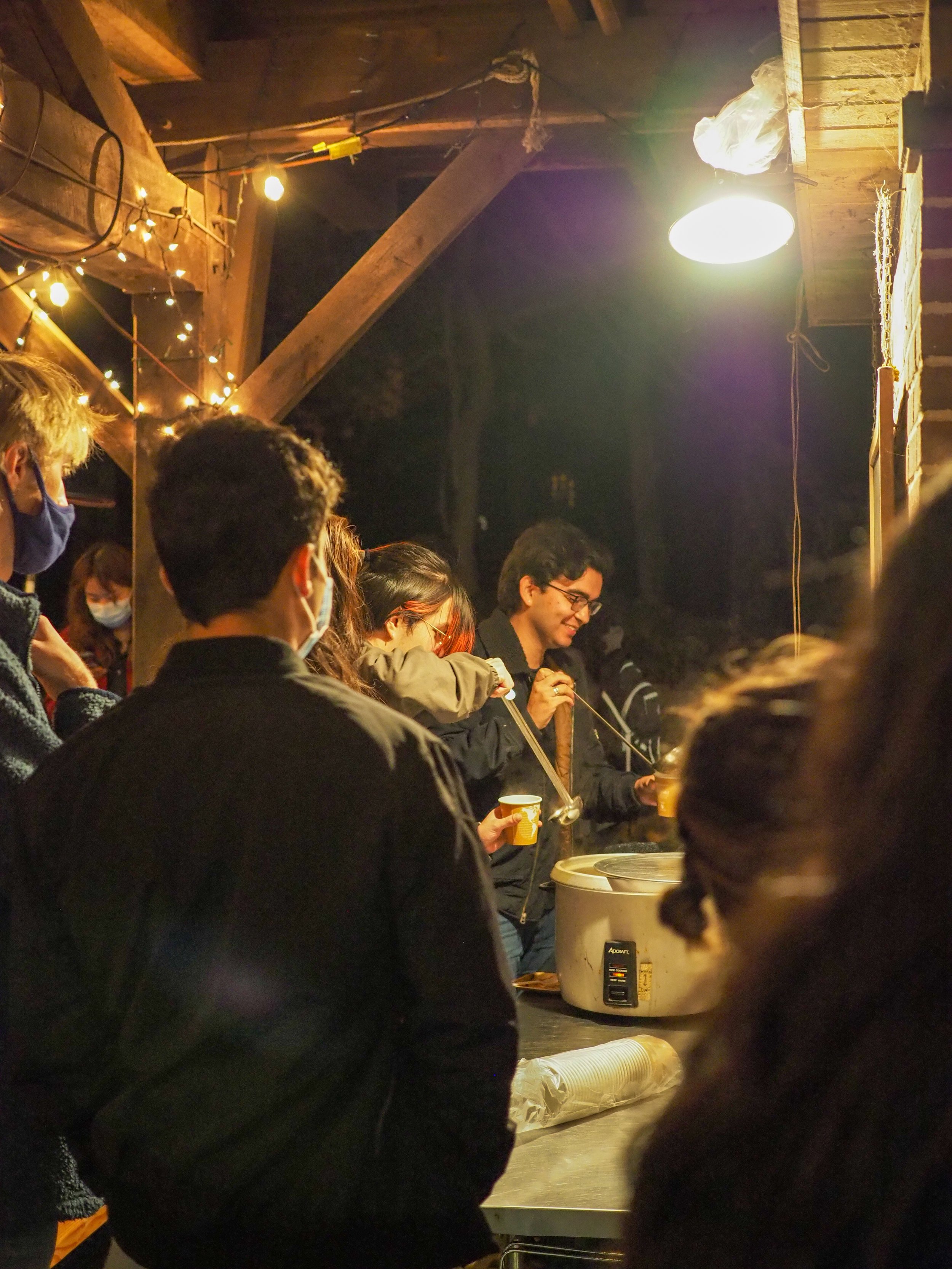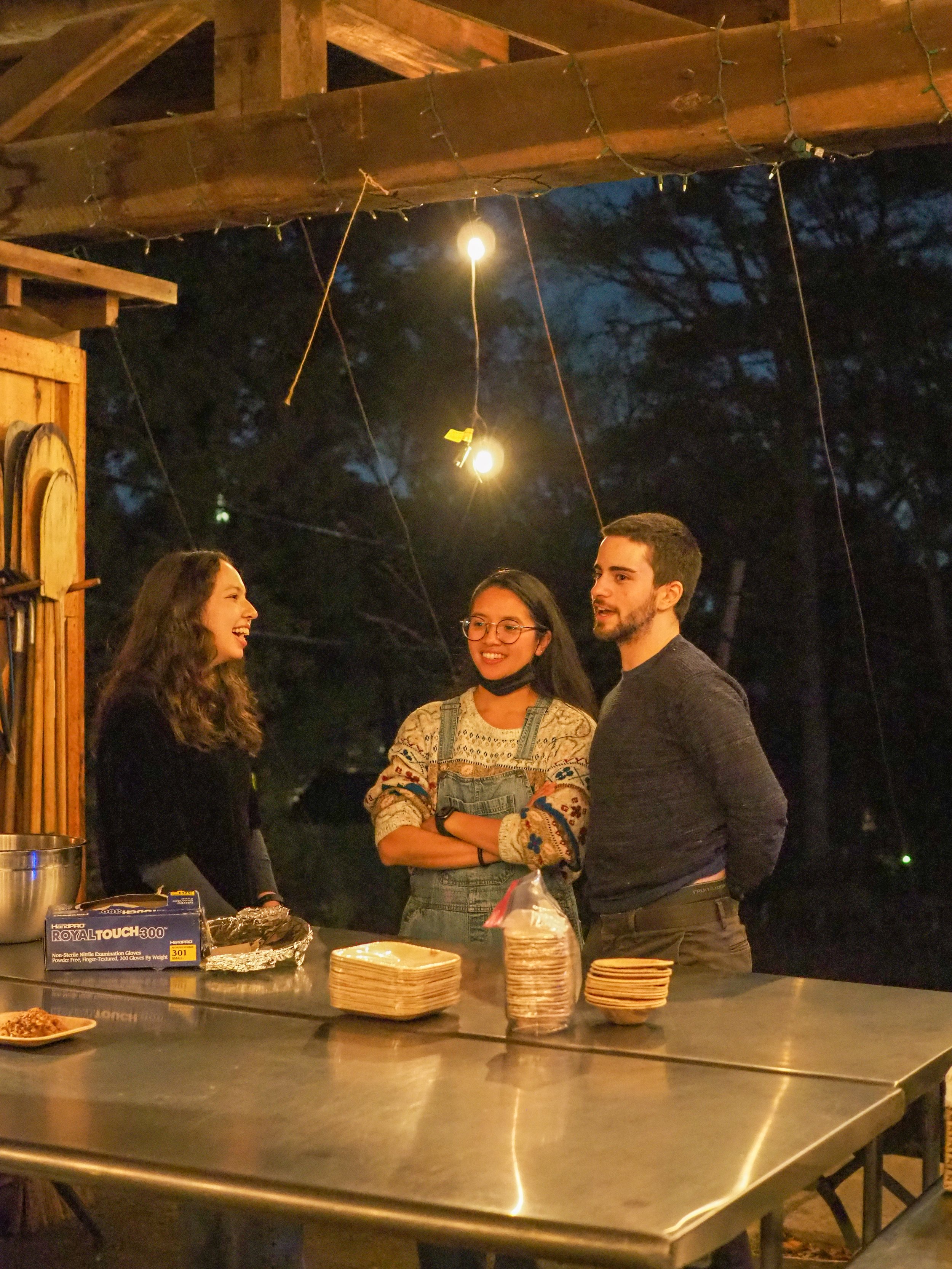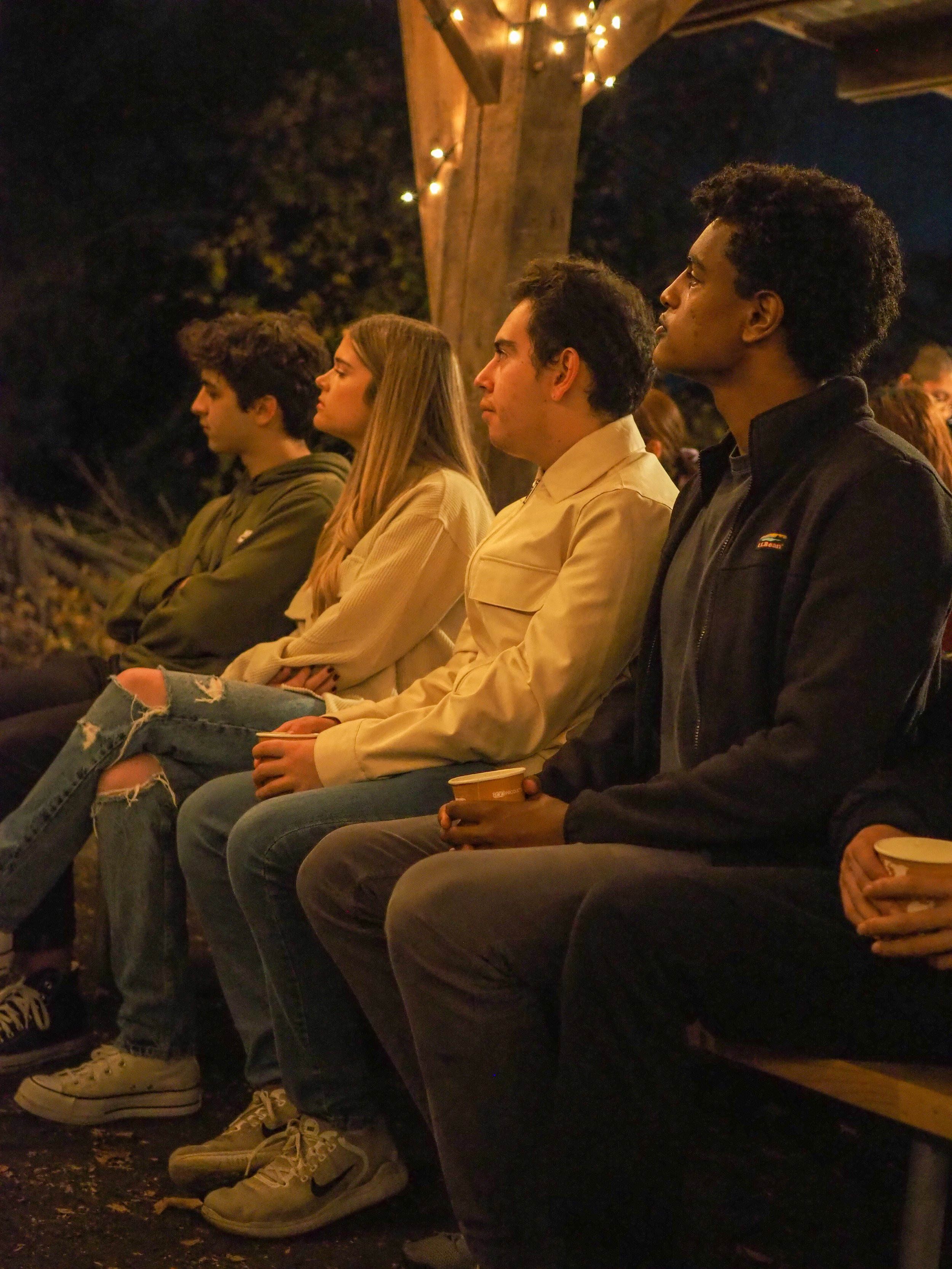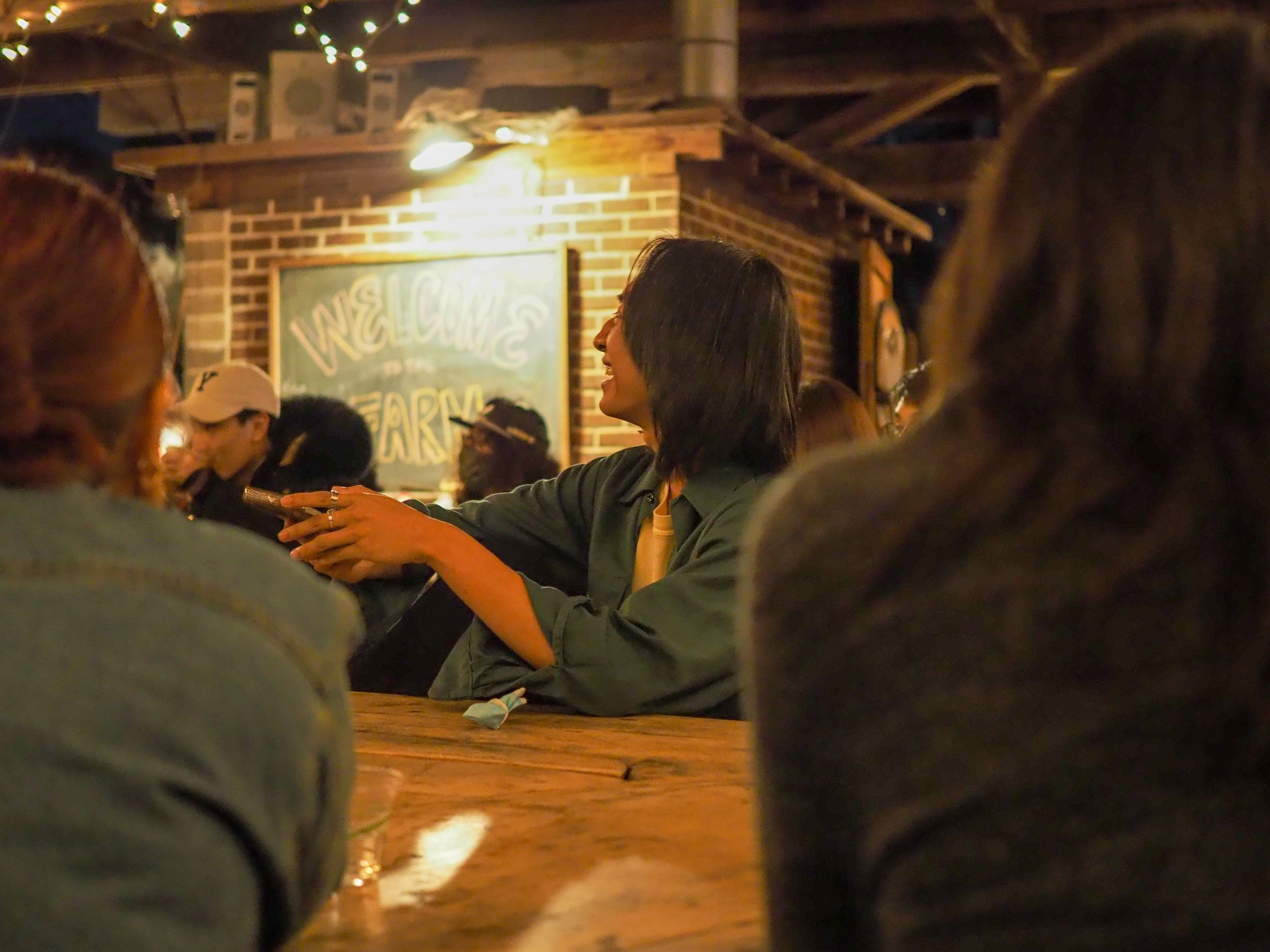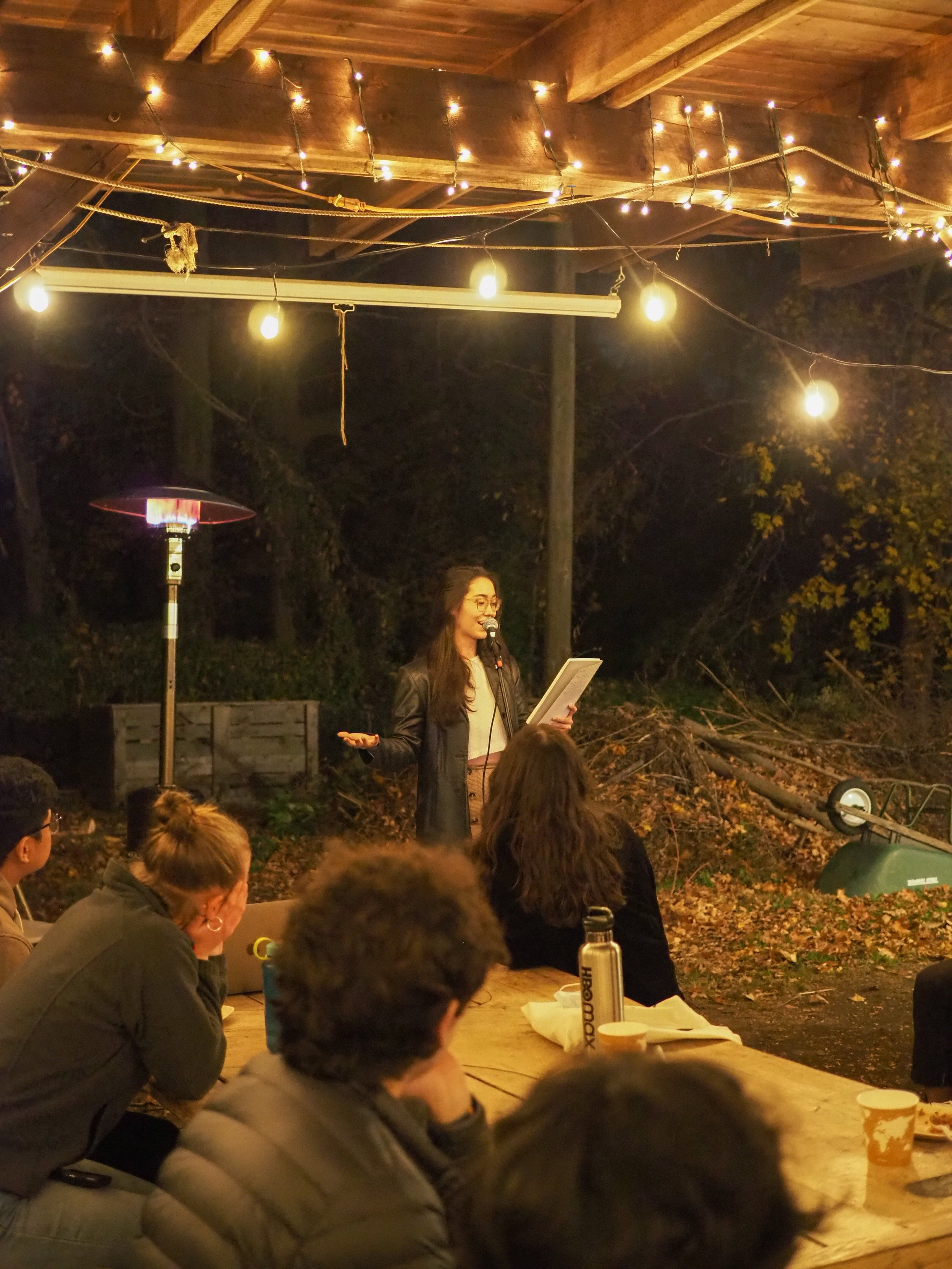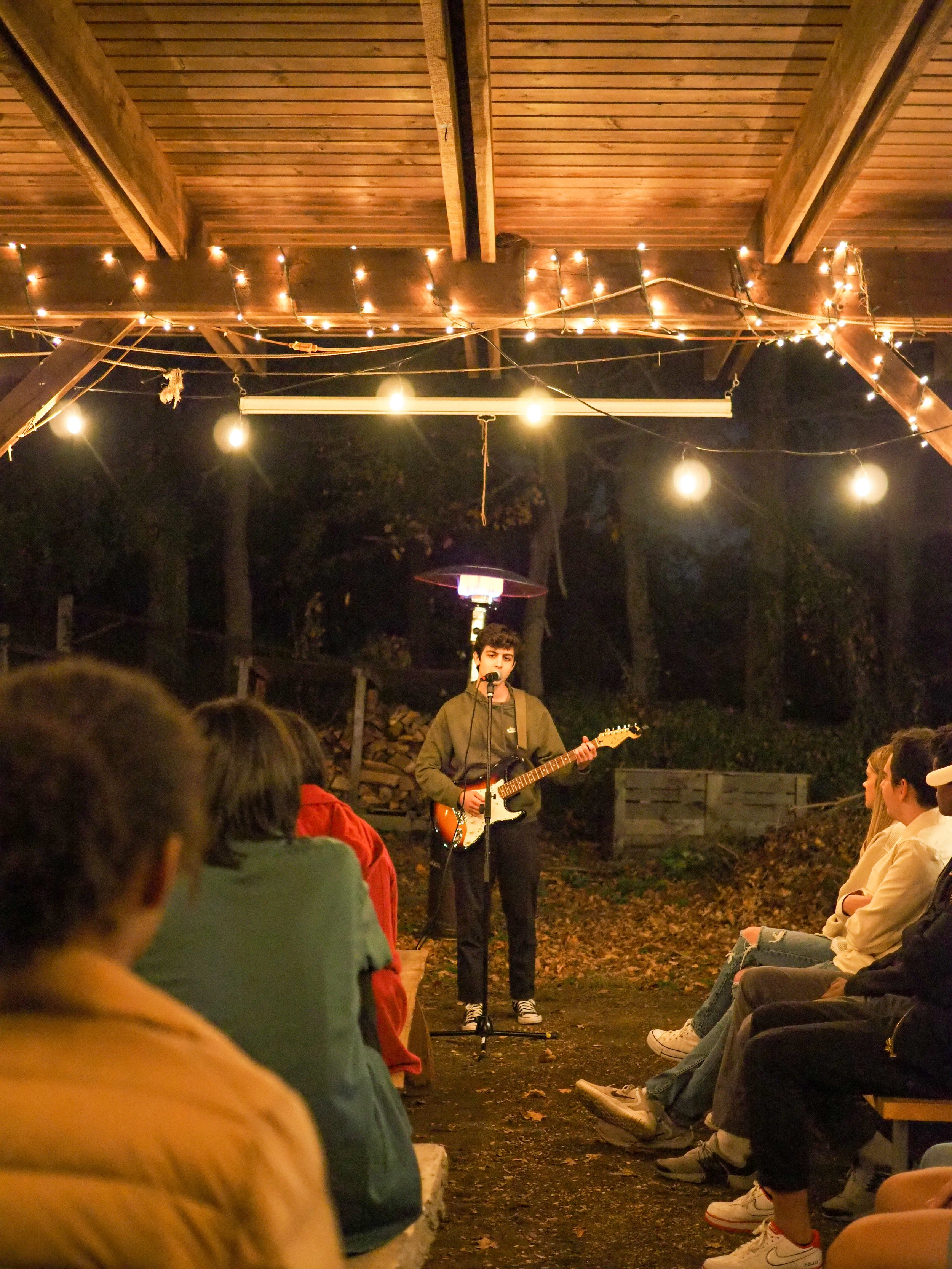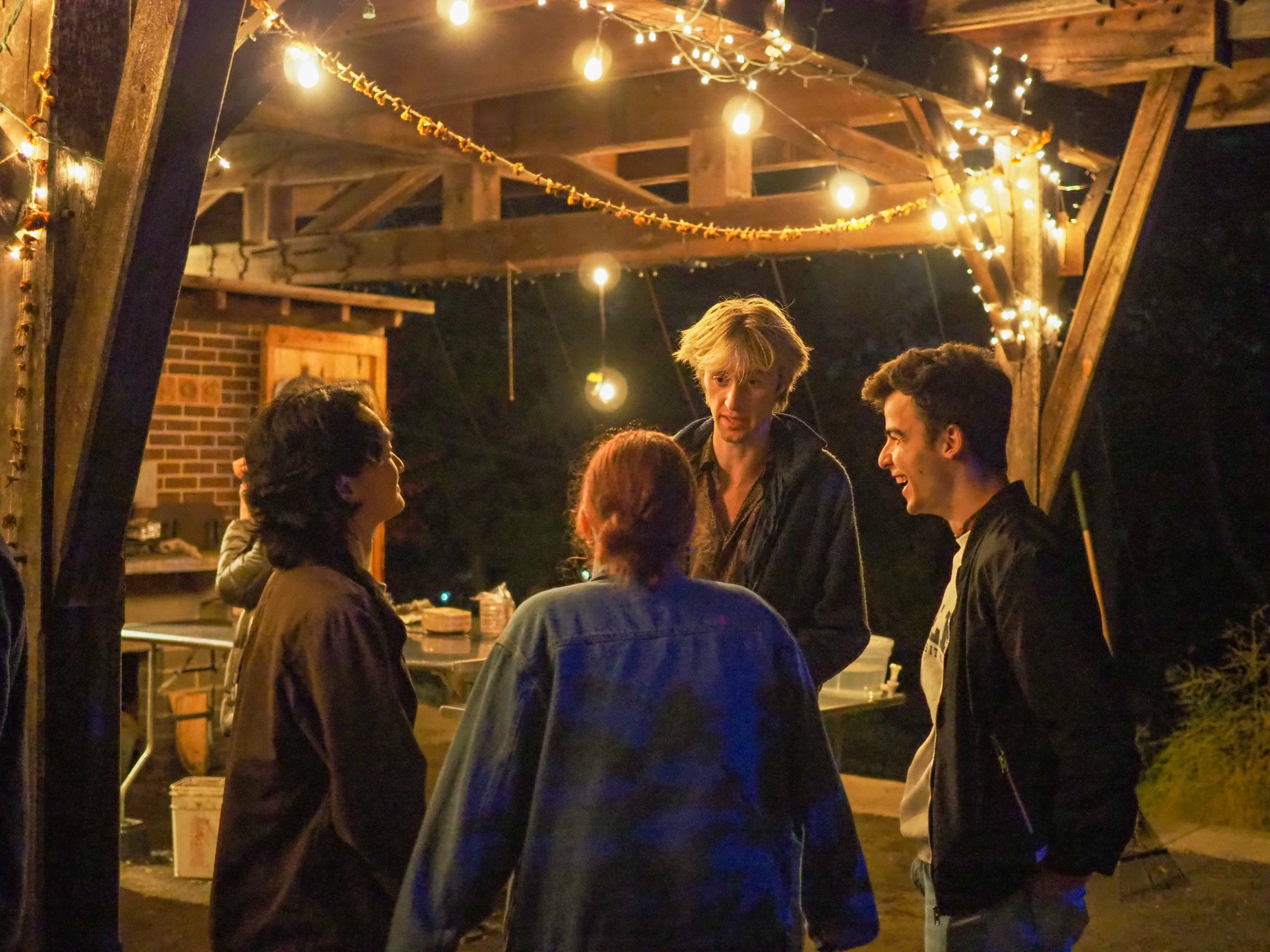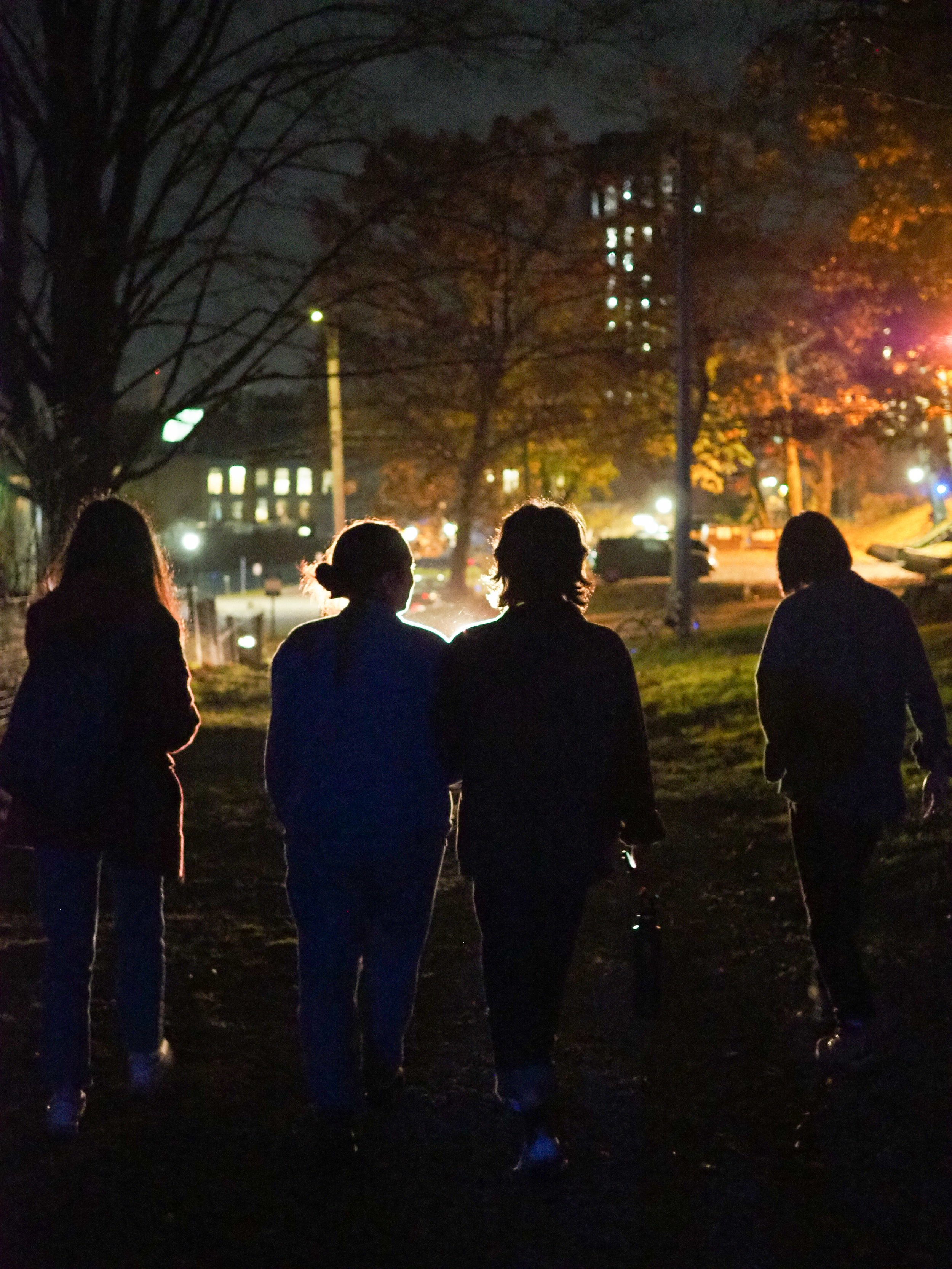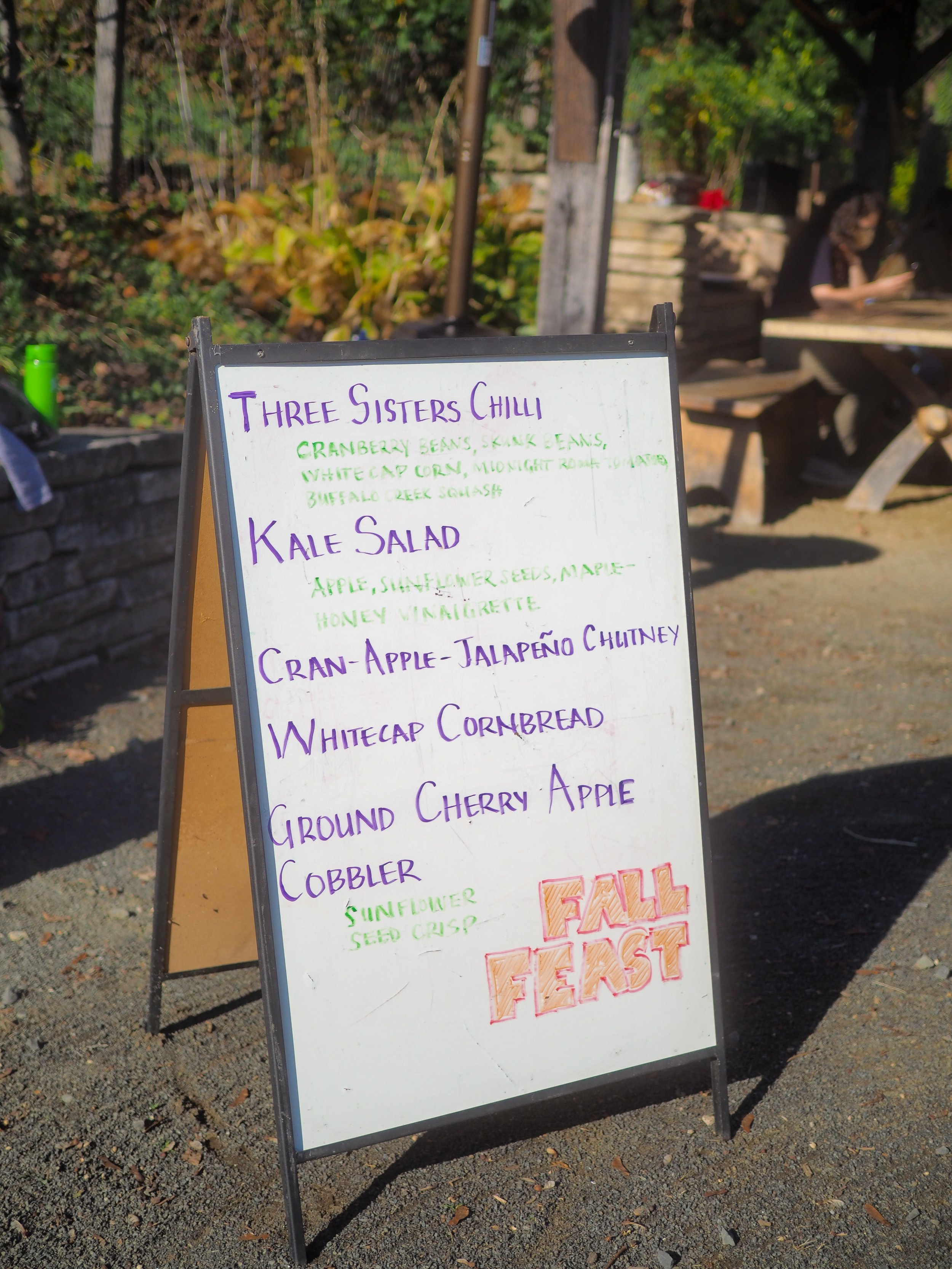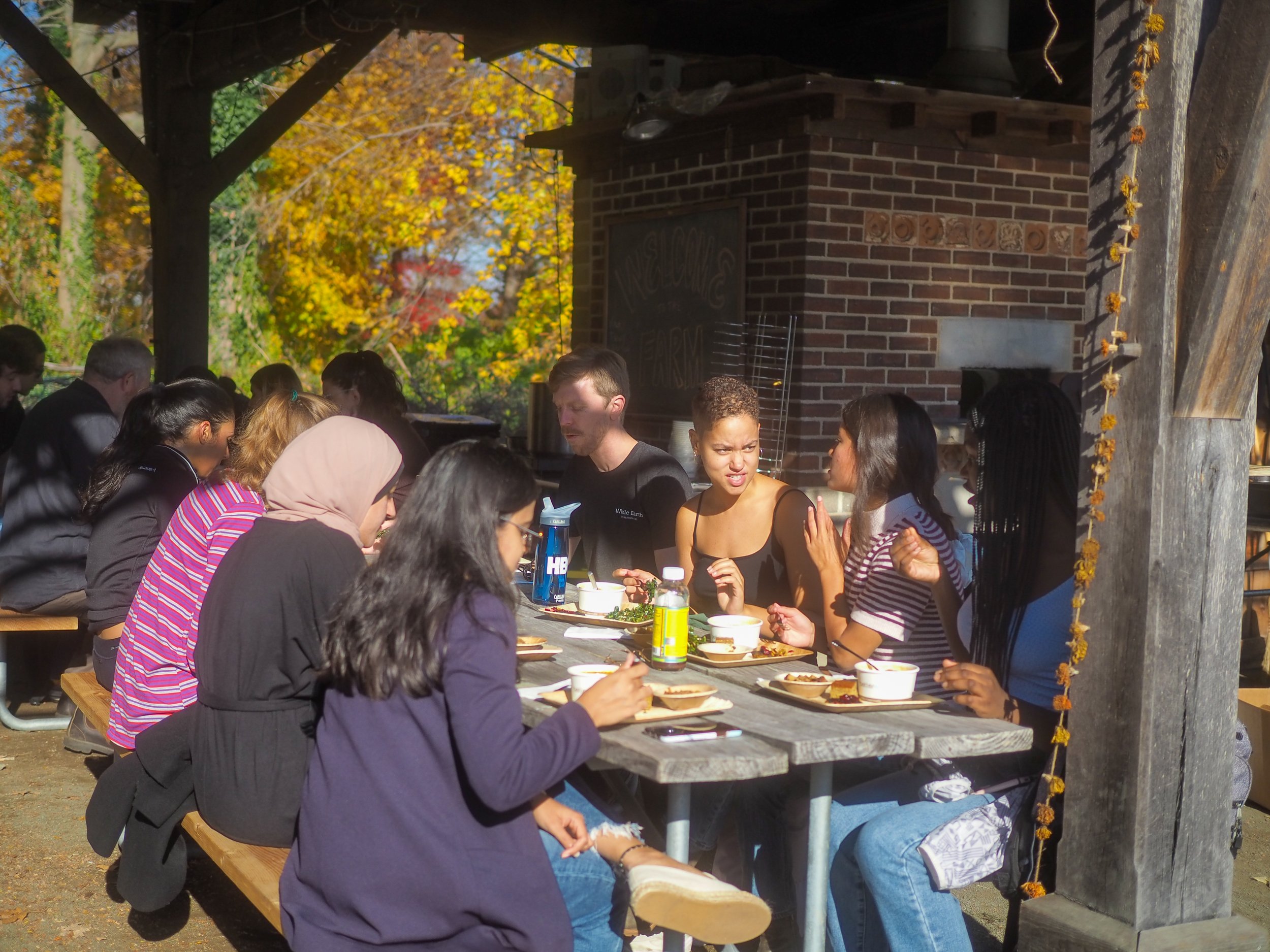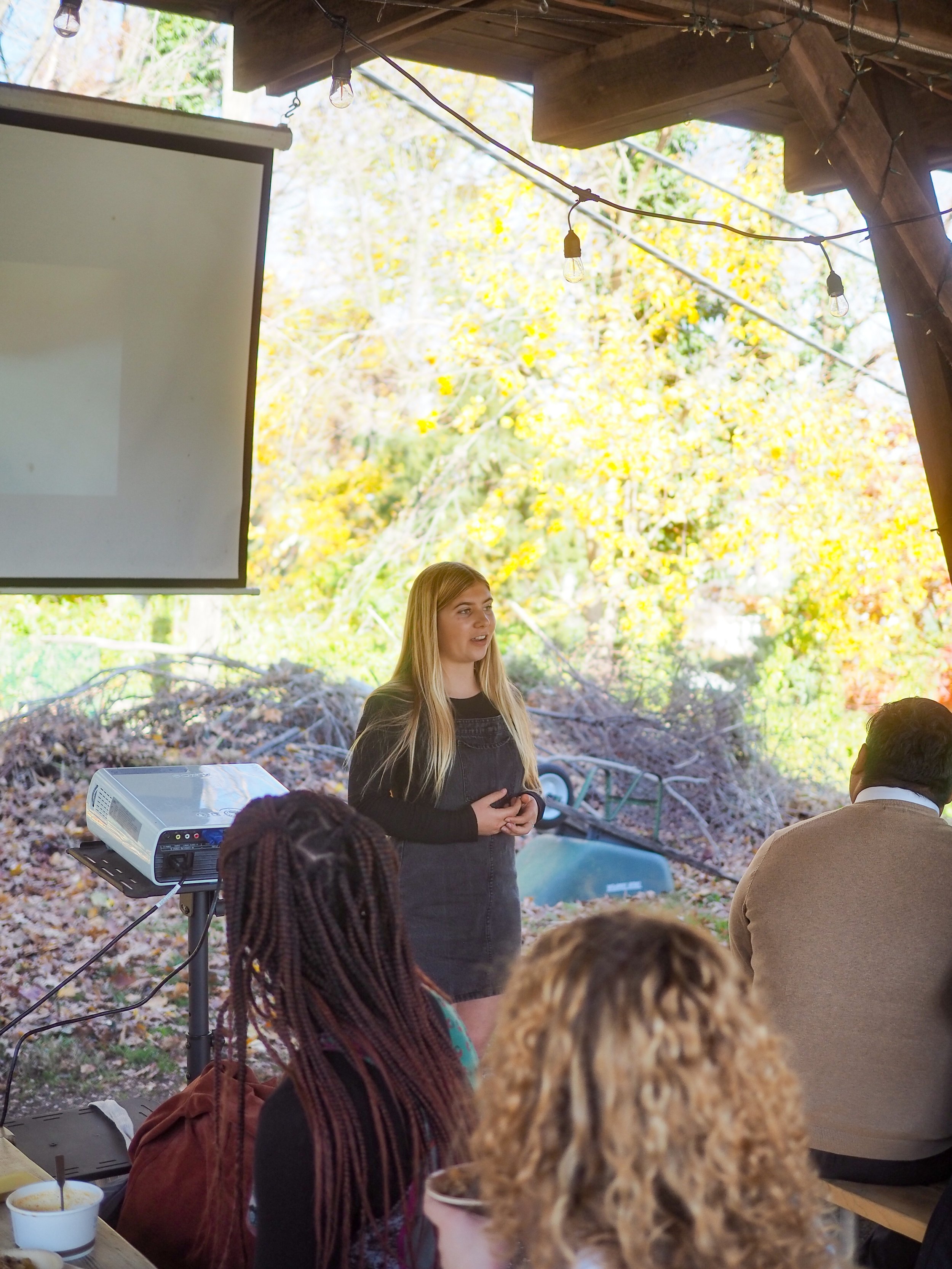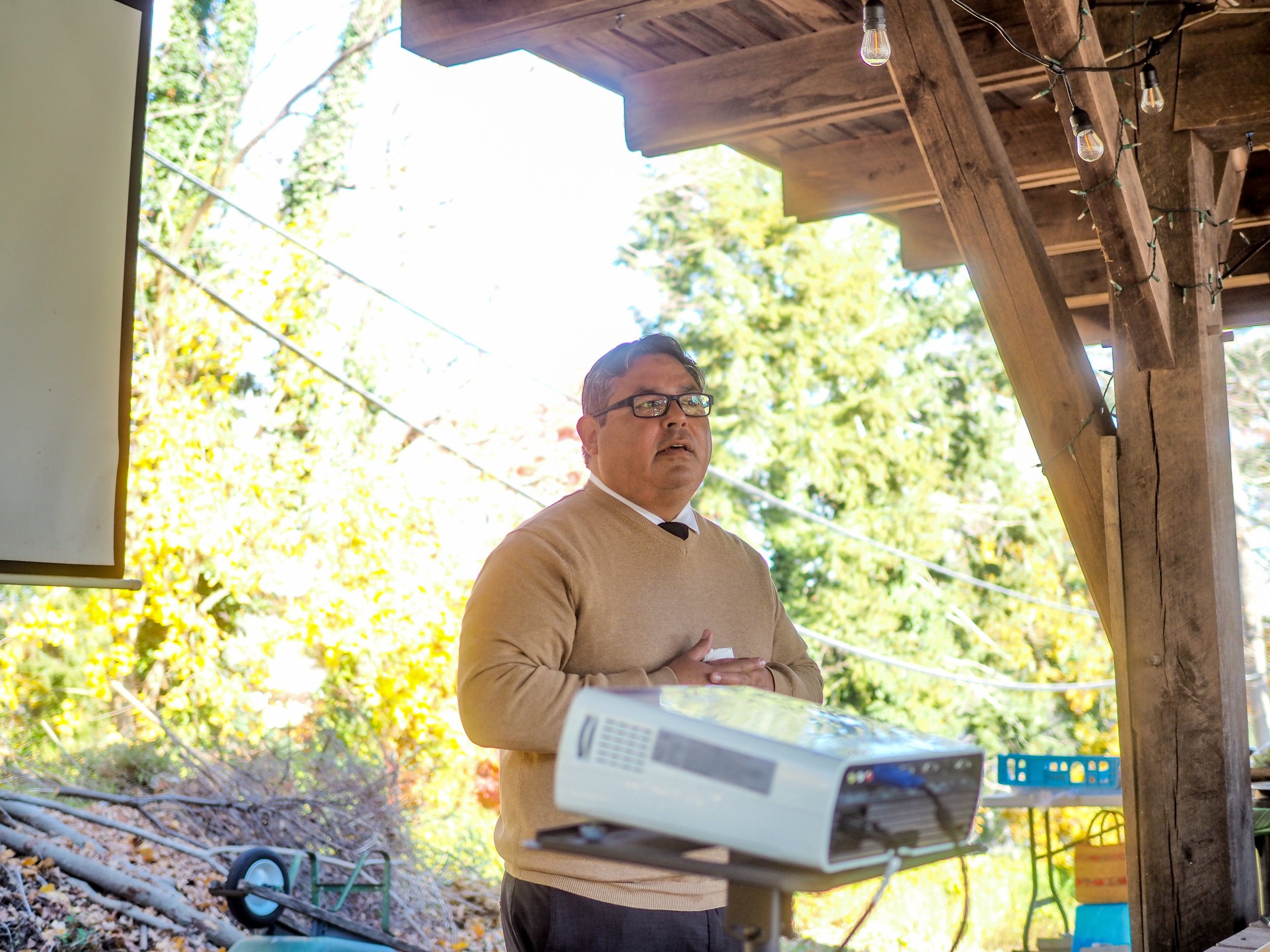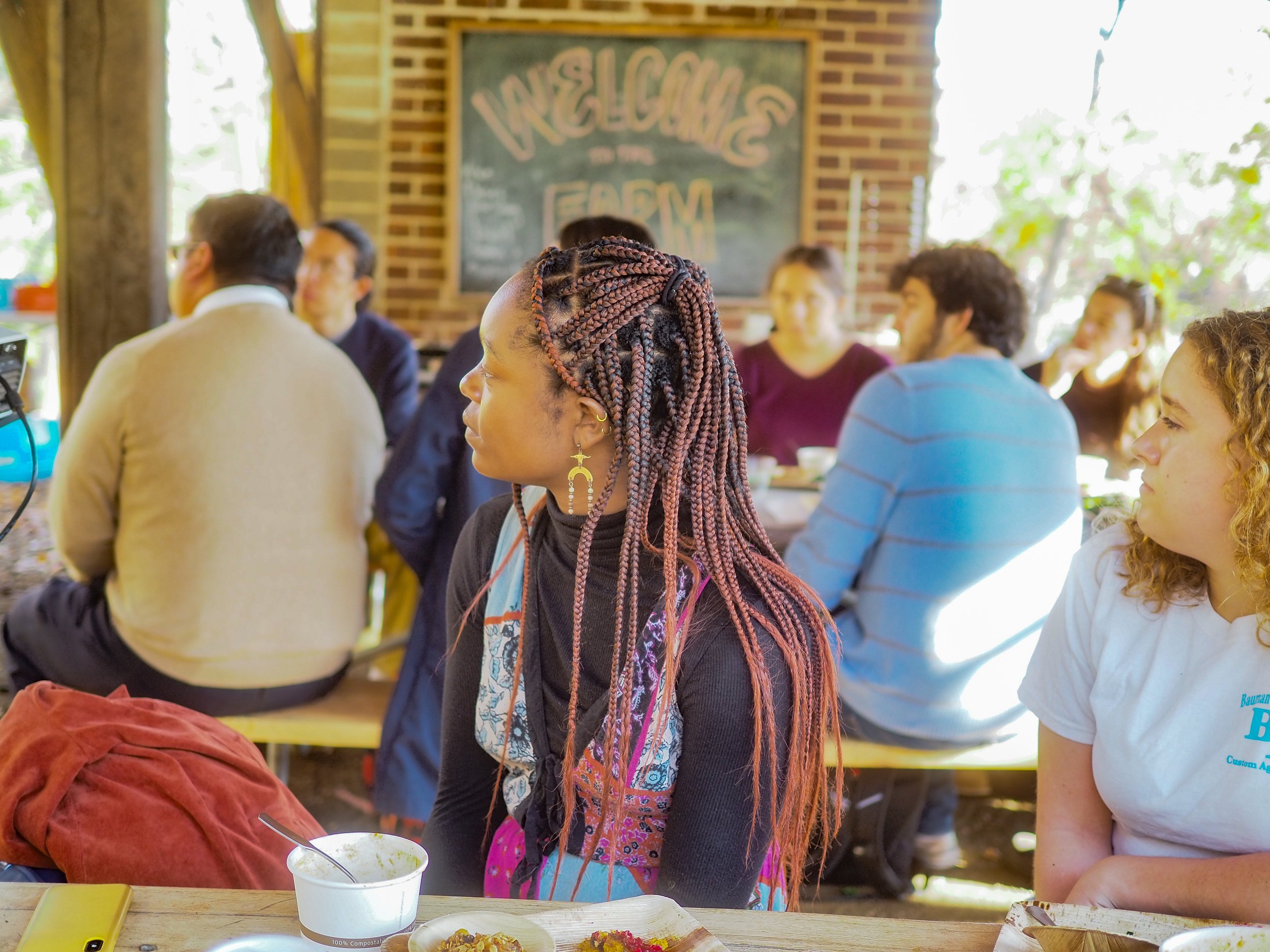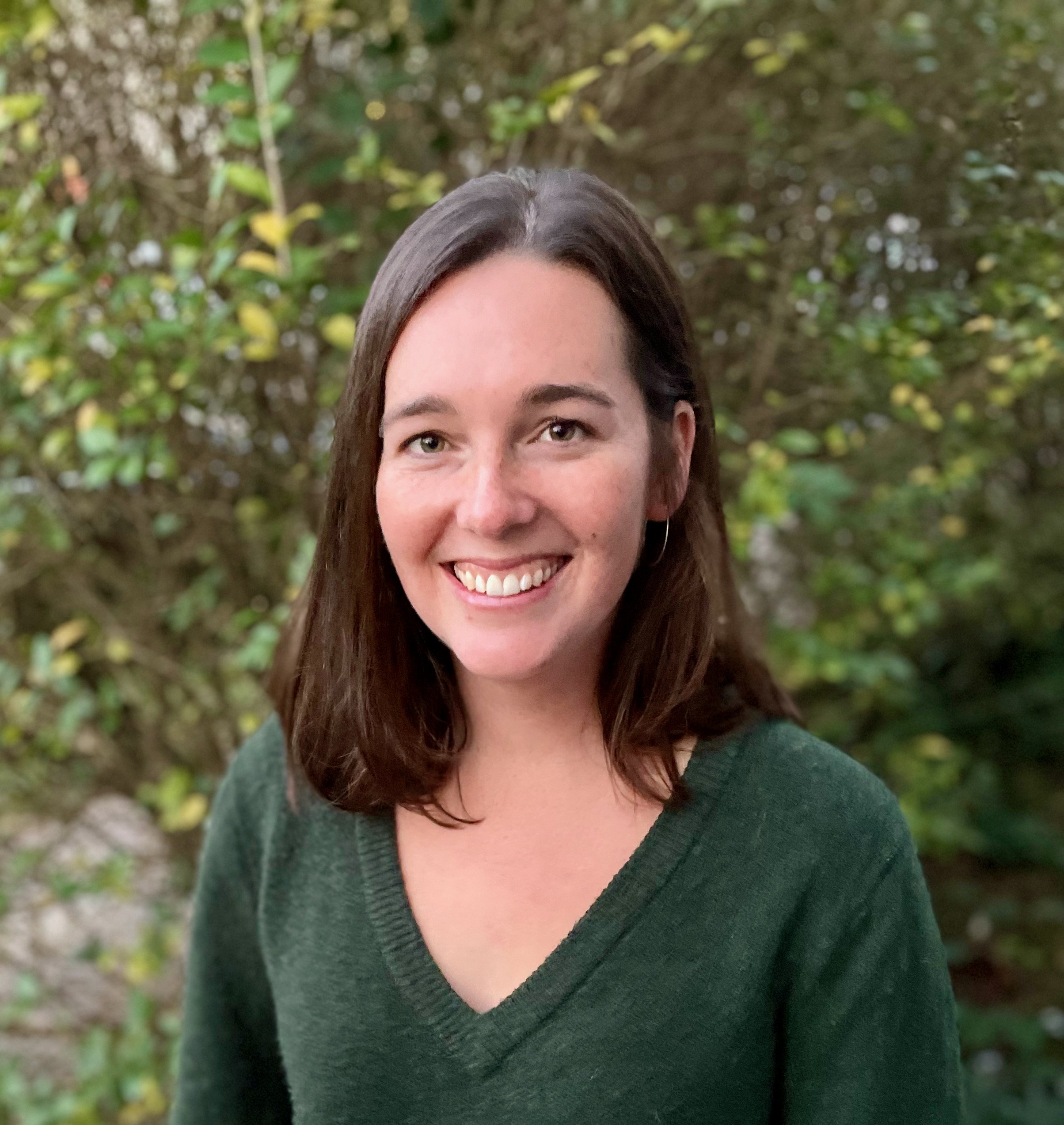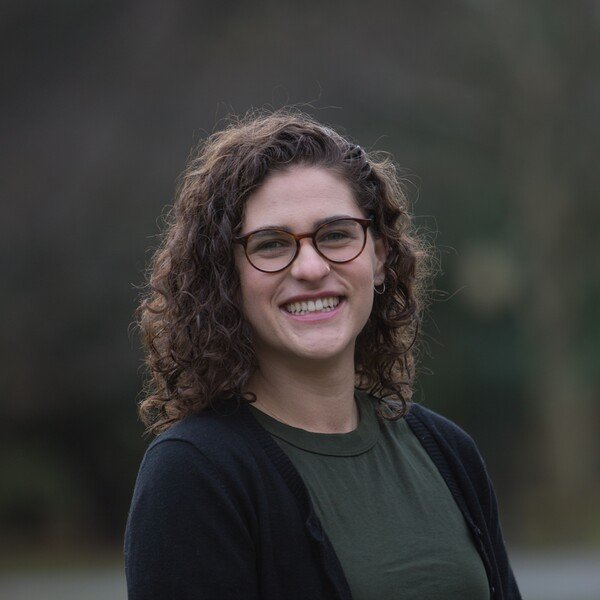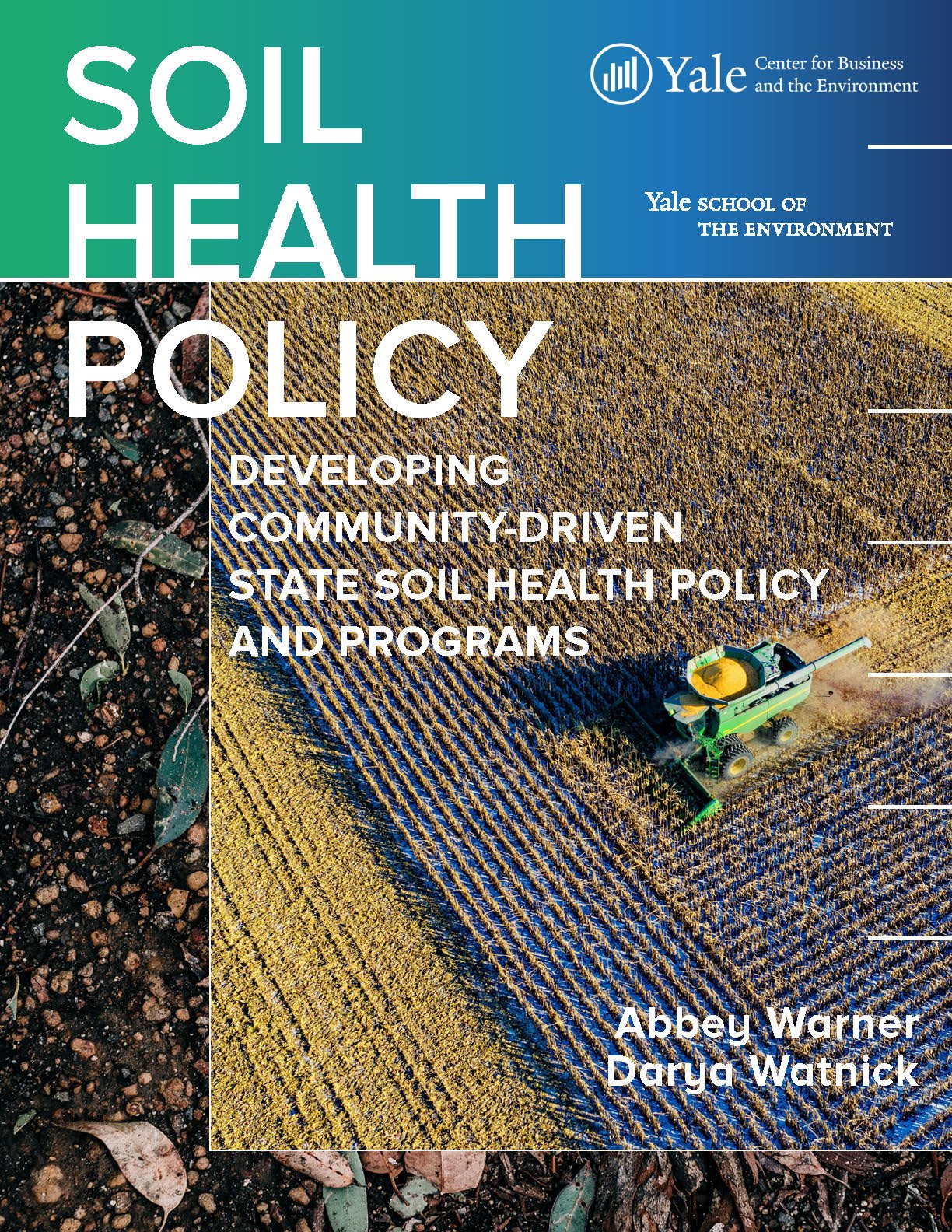Abbey Warner YSE ‘22 (left) and Darya Watnick YSE ‘22, the authors of the Soil Health Policy guidebook.
Kapp Singer: Why is soil health so important?
Darya Watnick: Soil health is the basis for anything that you're growing because all of the nutrients live in the soil. Soil holds water, so thinking about the soil health as a baseline means that anything else growing in the soil is going to have better yields, better health, and better nutritional value in some cases. The better your soil, the more resilient your crops are going to be to droughts or pests. There are just so many benefits to thinking about farming through the lens of soil.
Abbey Warner: The only other thing I would add is the importance of having a broader view of soils—how are they also relevant to people who aren’t farmers or thinking about food systems? Soil provides a range of ecosystem services, from water filtration, to nutrient cycling, to food provisioning, which are all really critical to how we grow our food and our fiber. It’s also really important for other benefits related to water pollution or the ability to withstand drought and have more healthy ecosystems.
KS: What motivated you to create the Soil Health Policy guidebook?
DW: I had a summer internship in the summer of 2020 working with some folks who were starting a community group to launch a bill that would hopefully create a soil health program for the state of Colorado, run through the state’s Department of Agriculture. I have continued working for them since that summer—it’s almost been a year and a half at this point—and the program is now in place in Colorado, which is very exciting. I’d been talking to my supervisor about how we learned so much through that process, and how there are other states that are interested in following this same path. We came to the conclusion that we should write it down so that people don’t have to reinvent the wheel. There’s an initiative at the Center for Business and the Environment at Yale (CBEY) called the Regenerative Agriculture Initiative (RAI) that provides funding for student projects related to regenerative agriculture, and I thought this would be a cool opportunity.
AW: Darya and I were chatting about what to do for RAI and because she had already come up with a great idea, I was super on board. I had also been working in Colorado that summer and was really interested in the farming challenges there—ideas around soil health and water management. We ended up getting funding through RAI to create a guidebook that would collect all of these lessons learned from Colorado and also from other states that had passed soil health bills or programs, including California and New Mexico. We interviewed over 30 stakeholders from those states and also from other states that were in the process of working on soil health legislation or coalition-building to try to understand both the lessons learned and the needs of groups not as far along in the process. We were trying to strike a balance between providing concrete recommendations that are practical, but not overly prescriptive, because each state has a very different context around soil health.
KS: Your report outlines that a community-based approach is key to tackling issues of soil health. What kind of results or outcomes become possible when the whole community is involved?
AW: At its most basic level, having community involvement in soil health policy-building is really the only way to get these sorts of policies and programs passed. With every natural resource issue that you’re working on, there’s always going to be different sides to issues. There’s also a lot of very real concerns that different stakeholders have about how agricultural policy is made, how environmental policy is made, and the repercussions those policies could have for certain communities. It was really interesting hearing about how in some cases, it wasn’t even necessary to organize for the support of certain stakeholder groups—like commodity crop organizations—but to organize to the point that they wouldn’t actively oppose a certain policy.
DW: Community-building also helps bring farmers or ranchers—whoever is going to be implementing the practices—to the table, because they’re the ones who are going to be doing this work on their fields. You could have the greatest program, but if they don’t feel like it’s actually valuable to them in any way or worth their time to implement, then obviously you’re not going to have a good result or make a real impact.
KS: Tell me about your approach to creating this guidebook. Are there any notable parts of the process you’d like to share?”
AW: Darya and I came in with a really concrete idea about what we wanted to do, which was helpful in keeping focused throughout the process. The first semester we were working on this mainly involved background research, outlining the project, and getting the Institutional Review Board (IRB) exemption so we could interview people. Then, in January of last year, we started our interview process, and that was when we interviewed over 30 different stakeholders. That was my favorite part of the process—it was really interesting to talk to all these people and get to ask them questions about what sort of lessons they wanted to share with other people, or what sorts of things they were curious about in soil health policy-making. We were able to tap into this wide network of people from different worlds, but who are all really coming together on soil health. I felt so lucky to get to talk to all of those folks. Then, at the end of the spring semester, we started our writing process. We outlined and drafted the guidebook and then edited it throughout the summer and into the fall, and then we worked with a design team to help us format it so that it would look fun and exciting to read instead of looking like a typical research paper.
DW: We split up the sections and did a little writing retreat—we went to an AirBnB for a weekend and spent hours writing. This was a huge part of how it got done—just sitting down and forcing ourselves to write.







